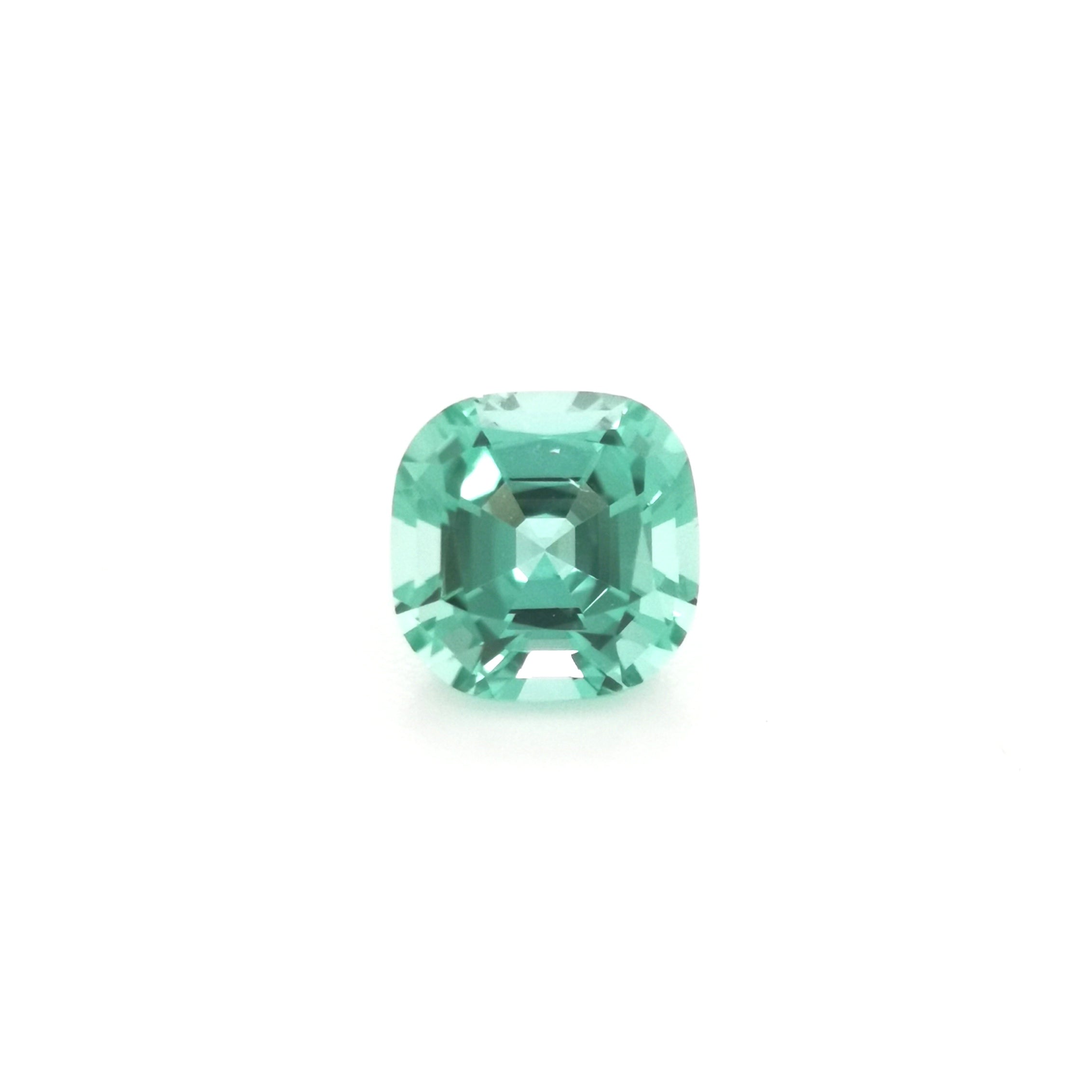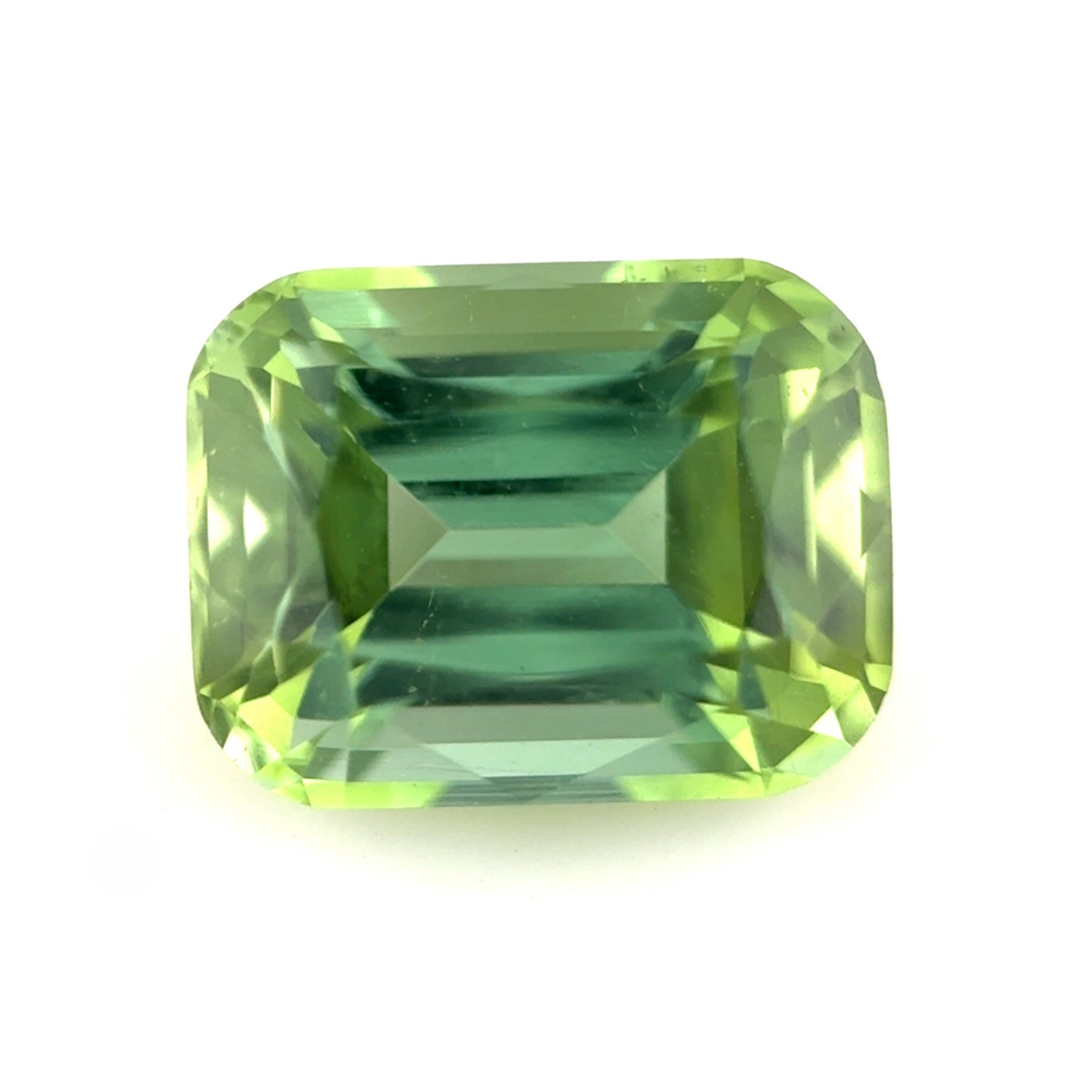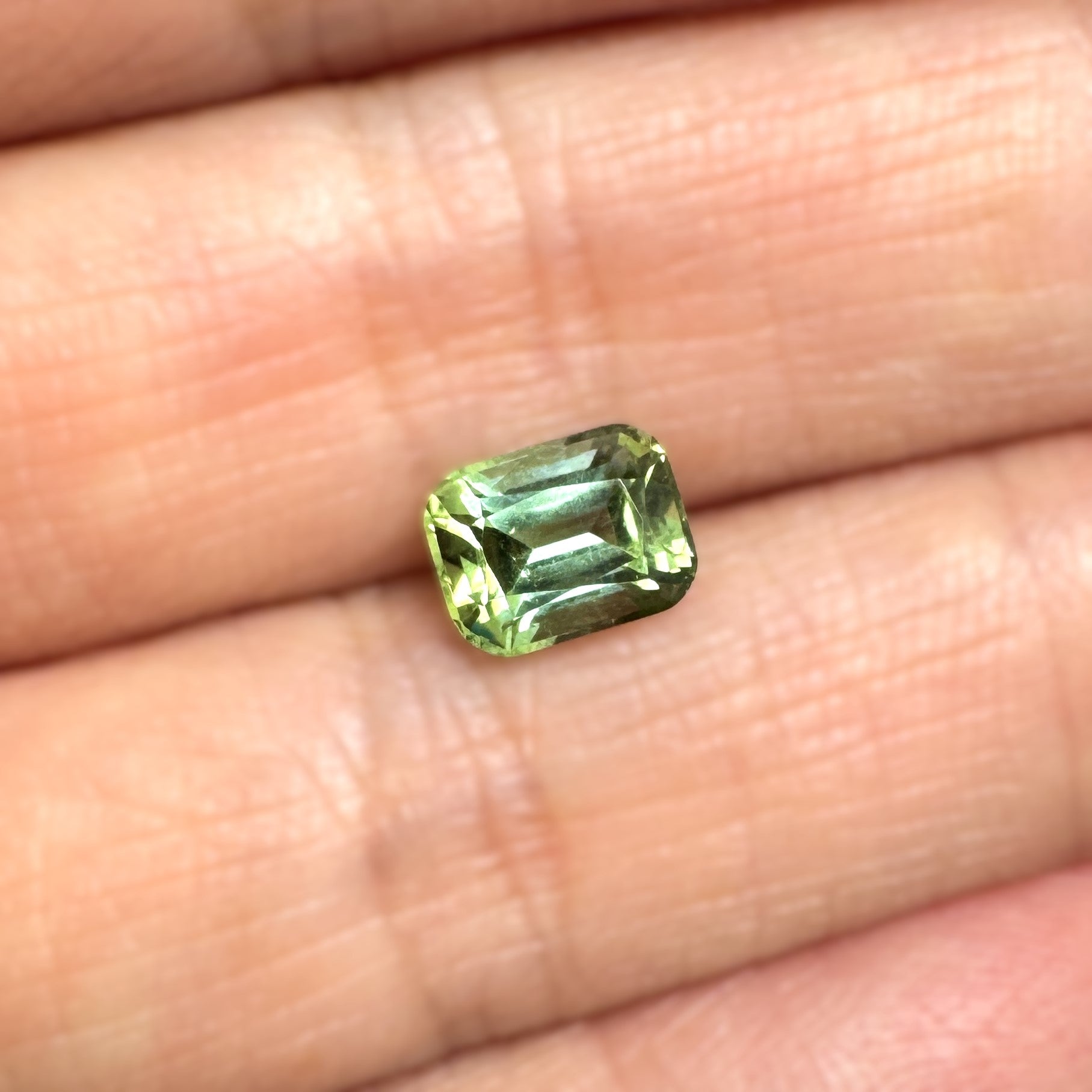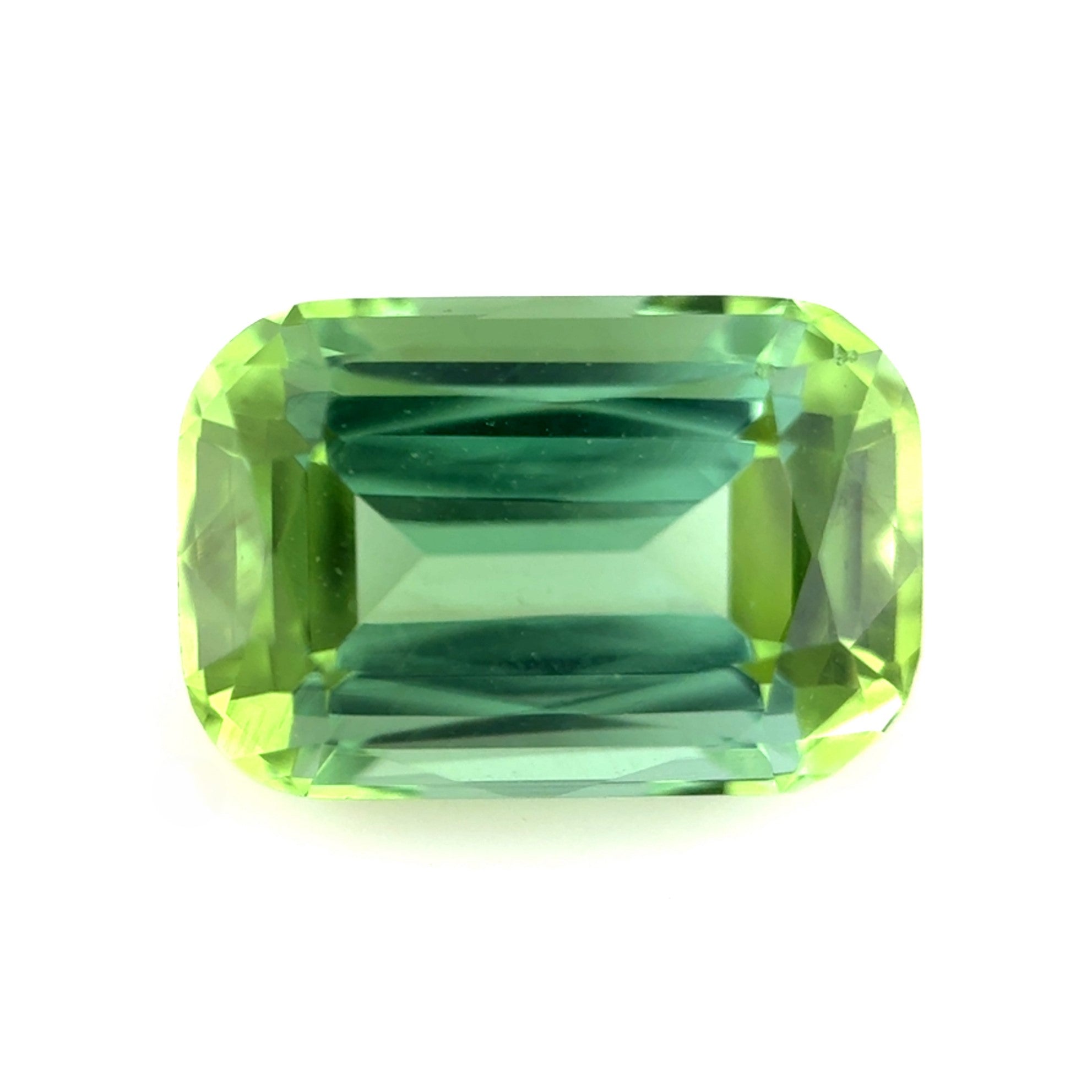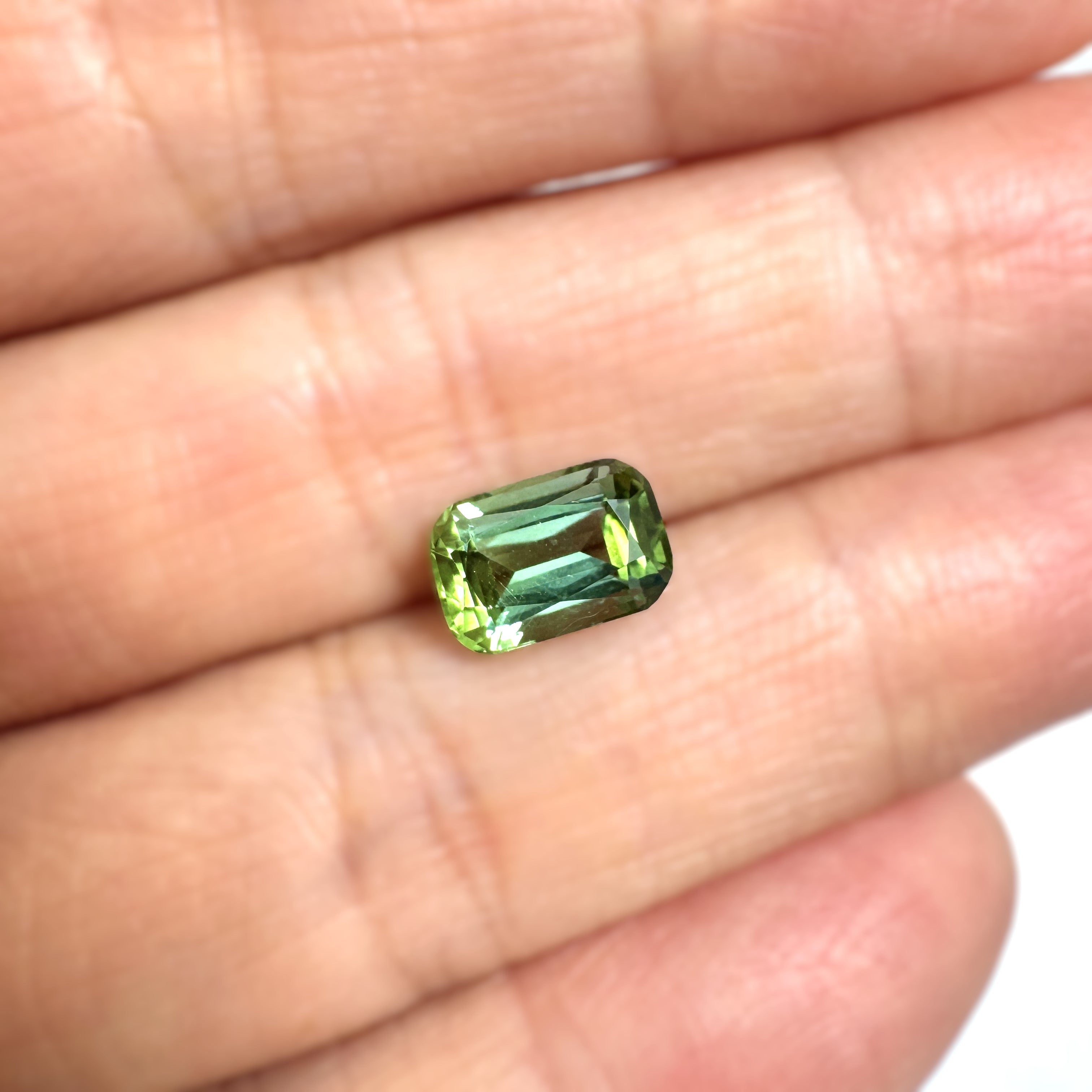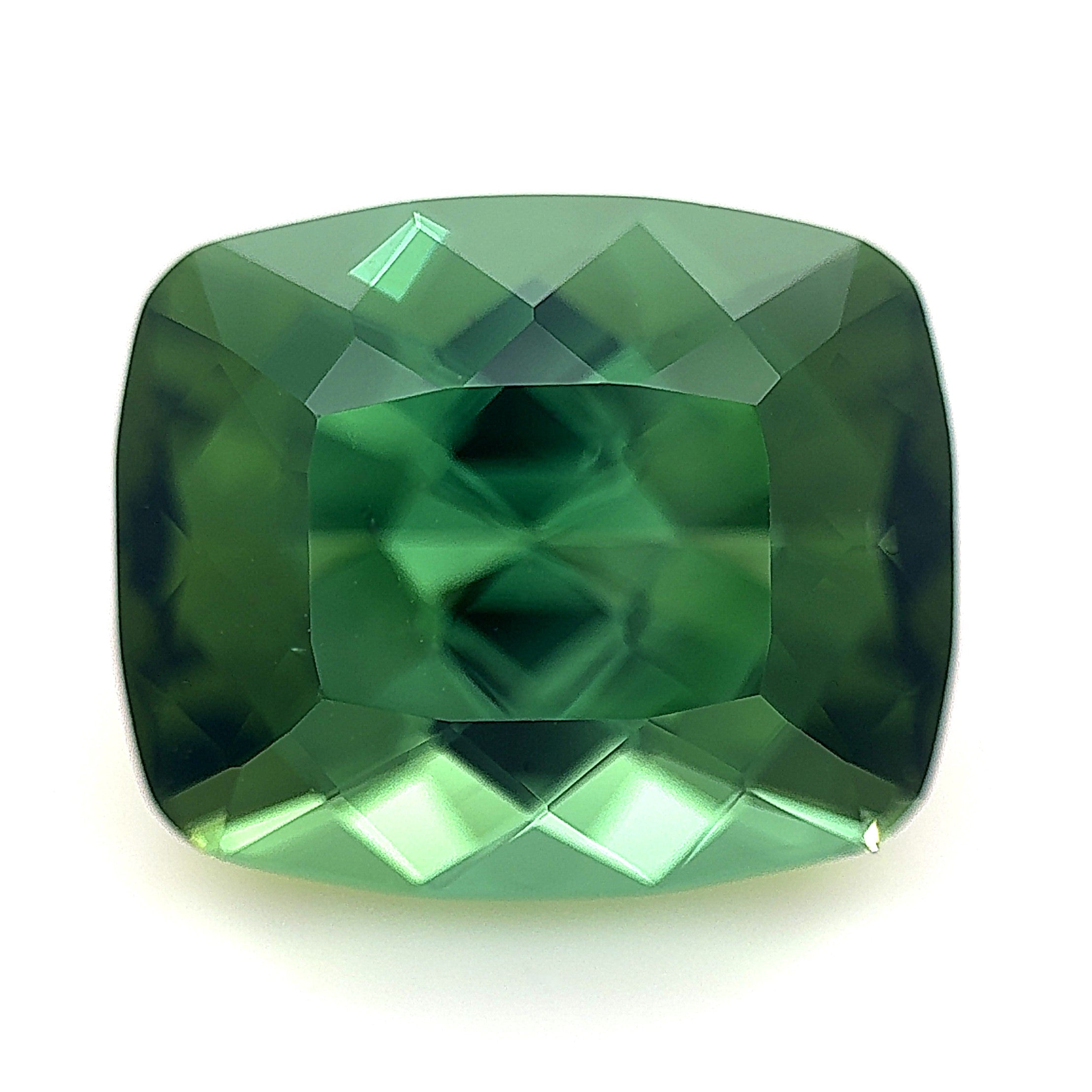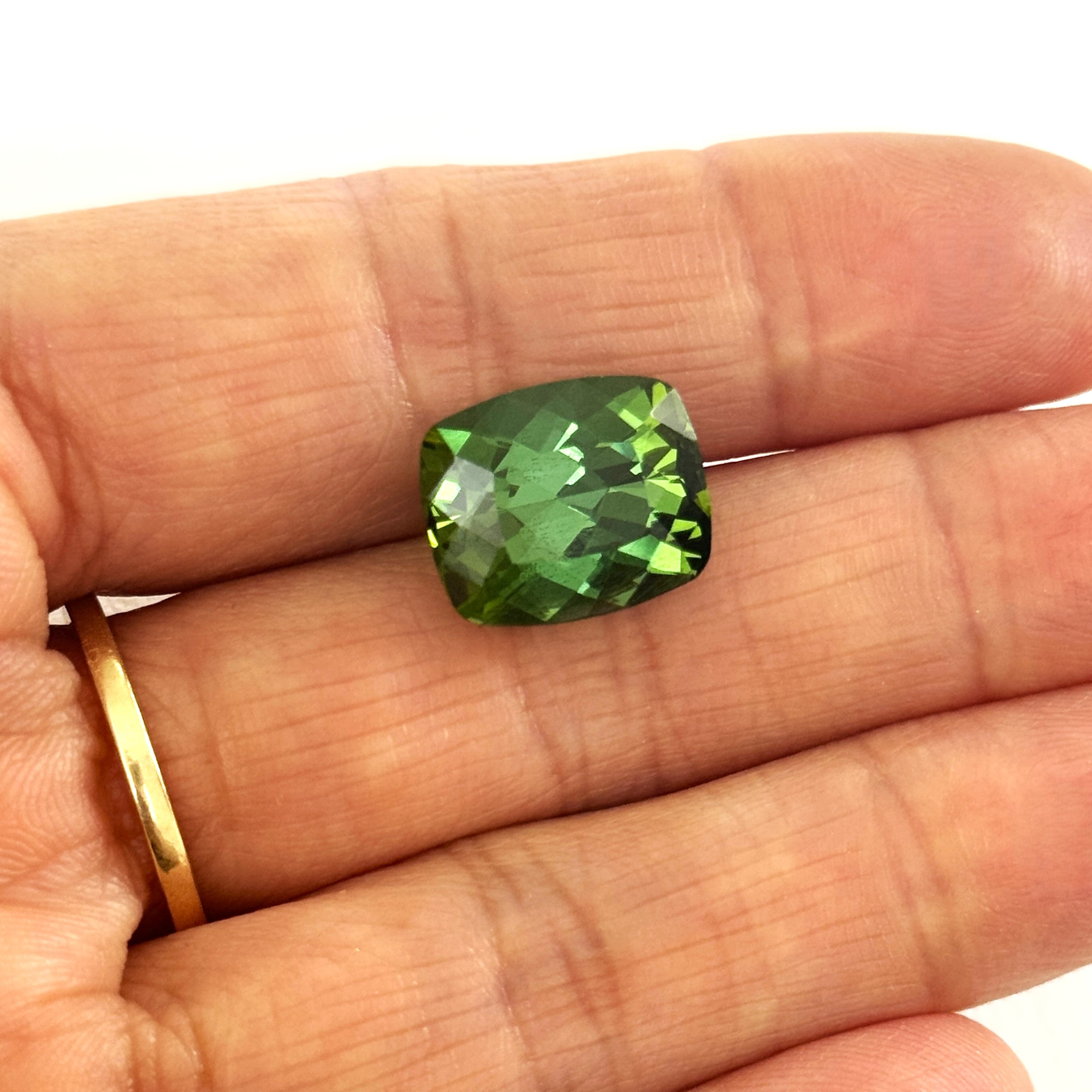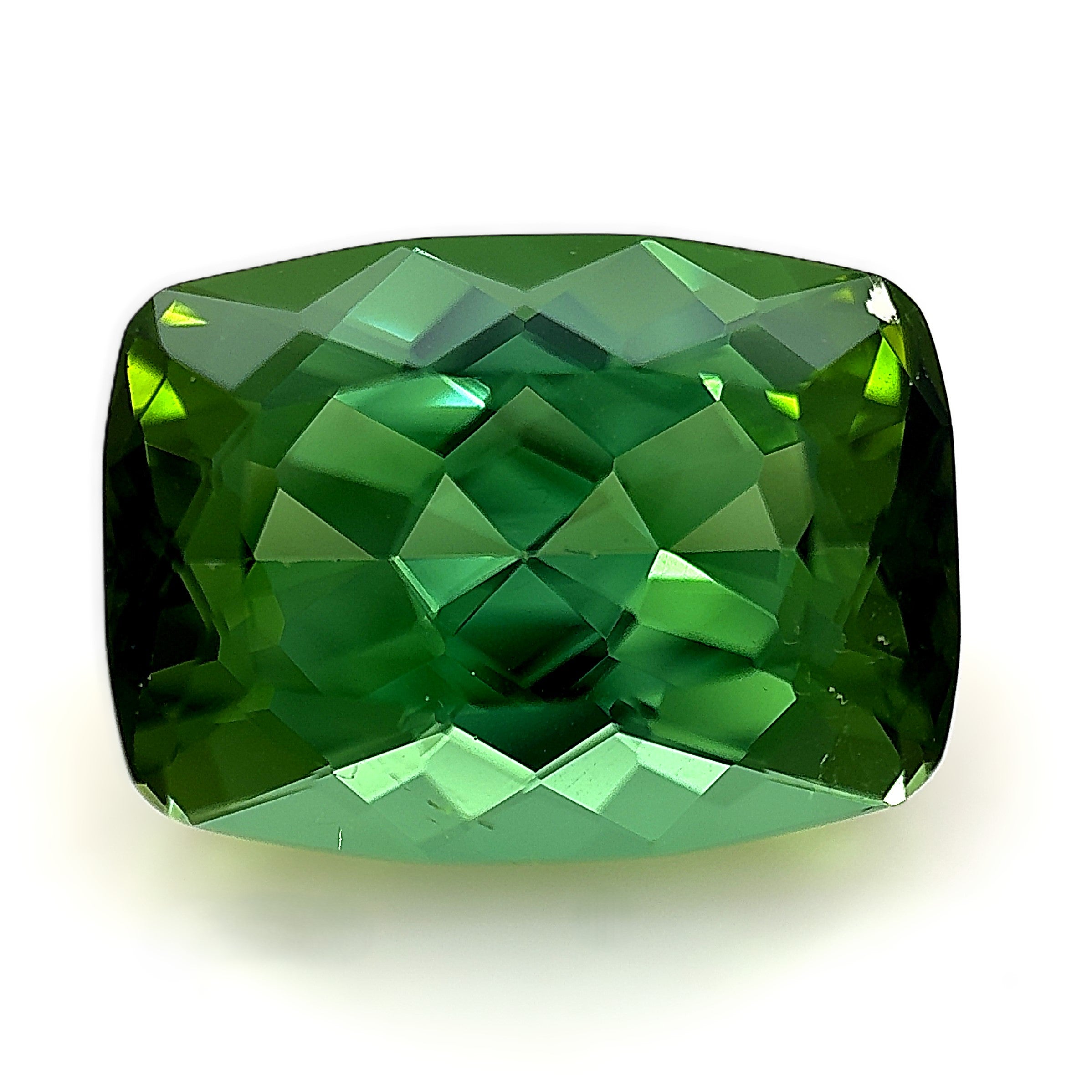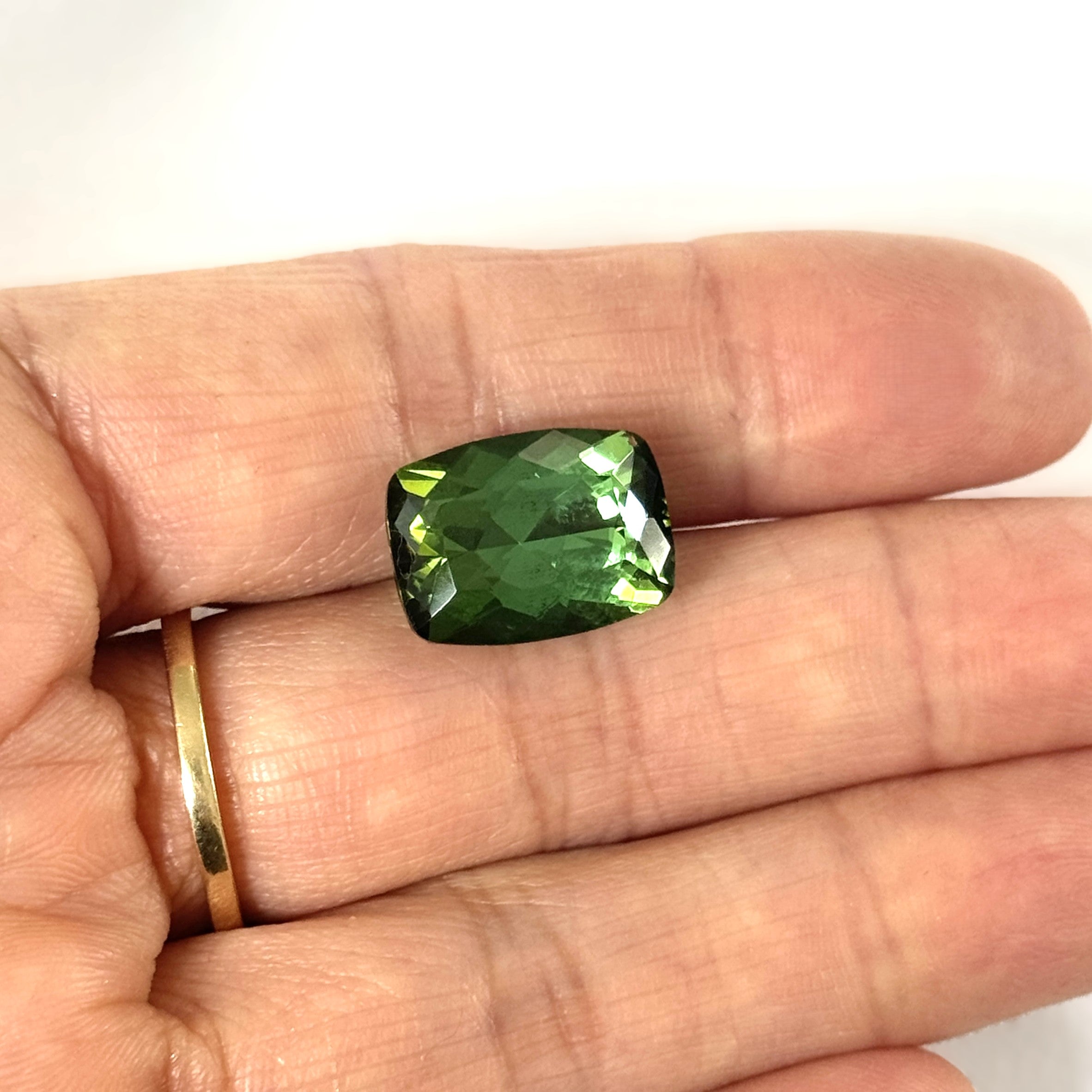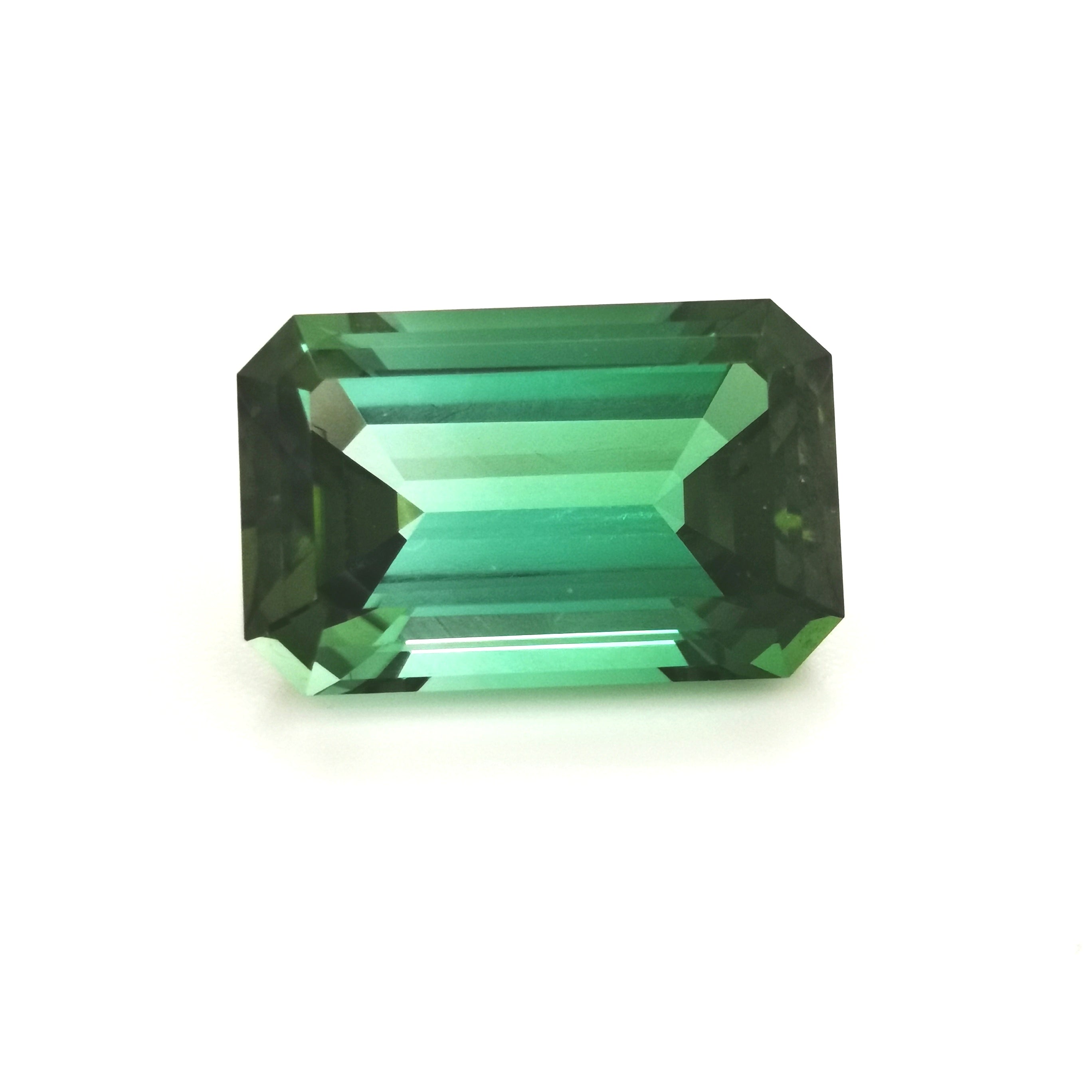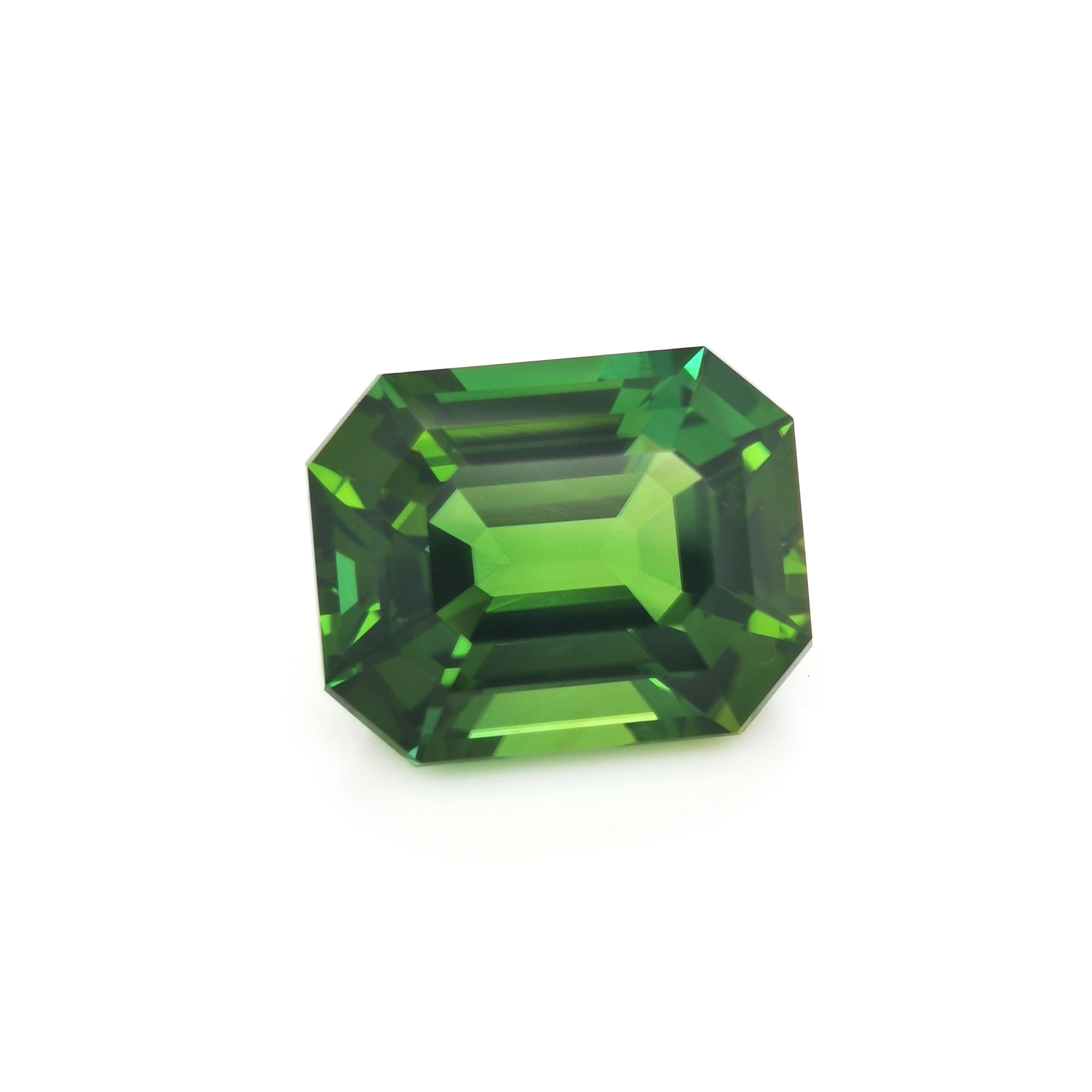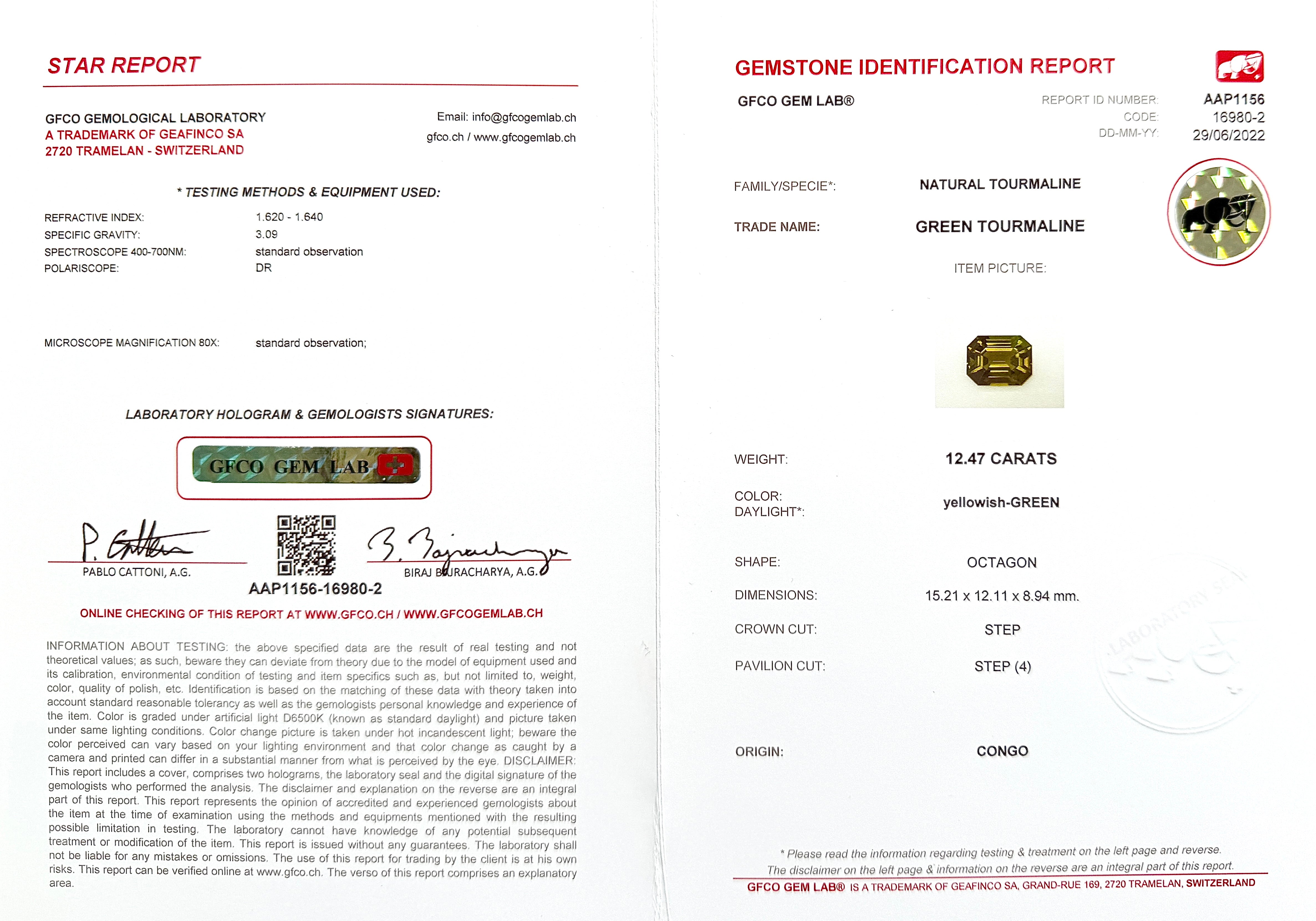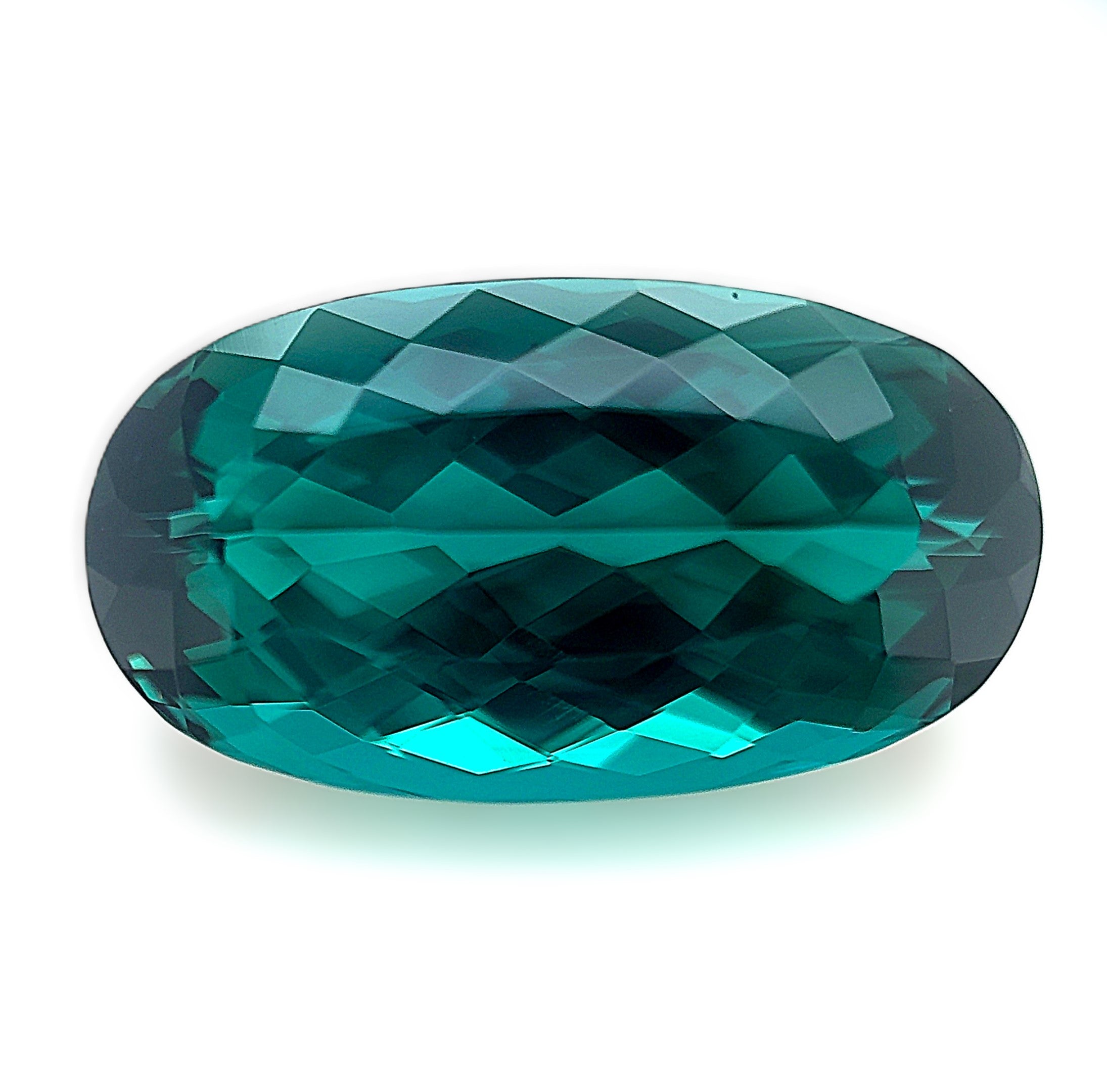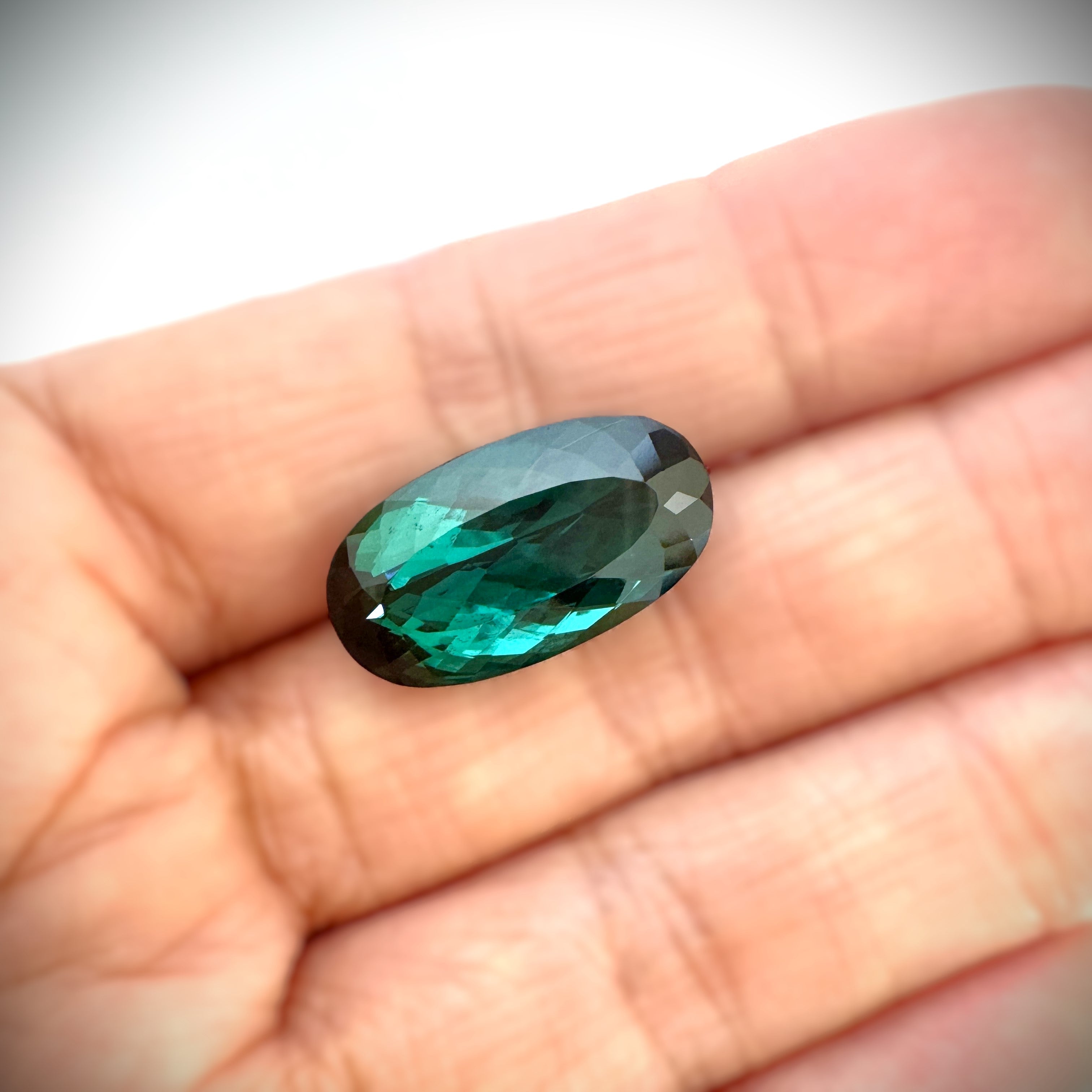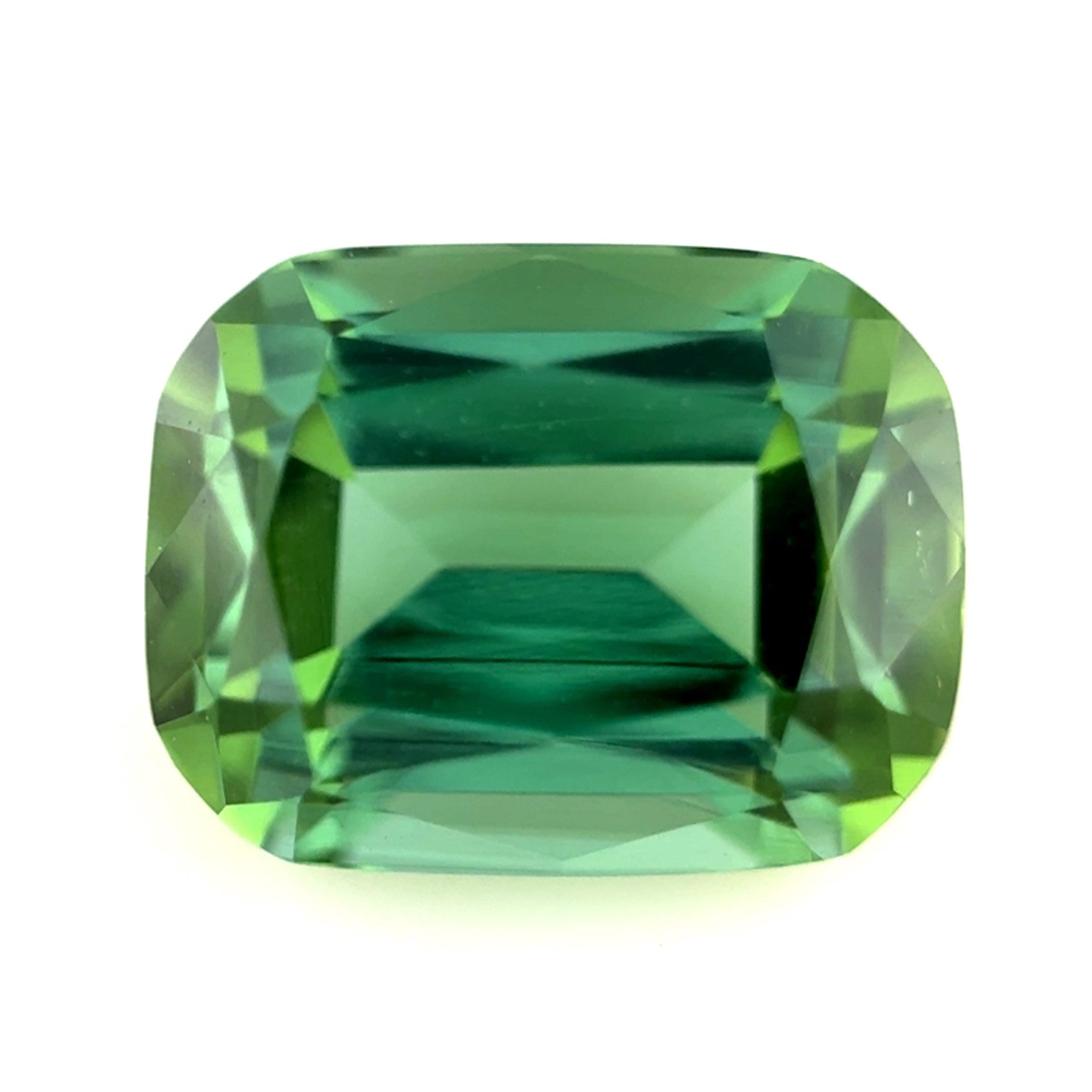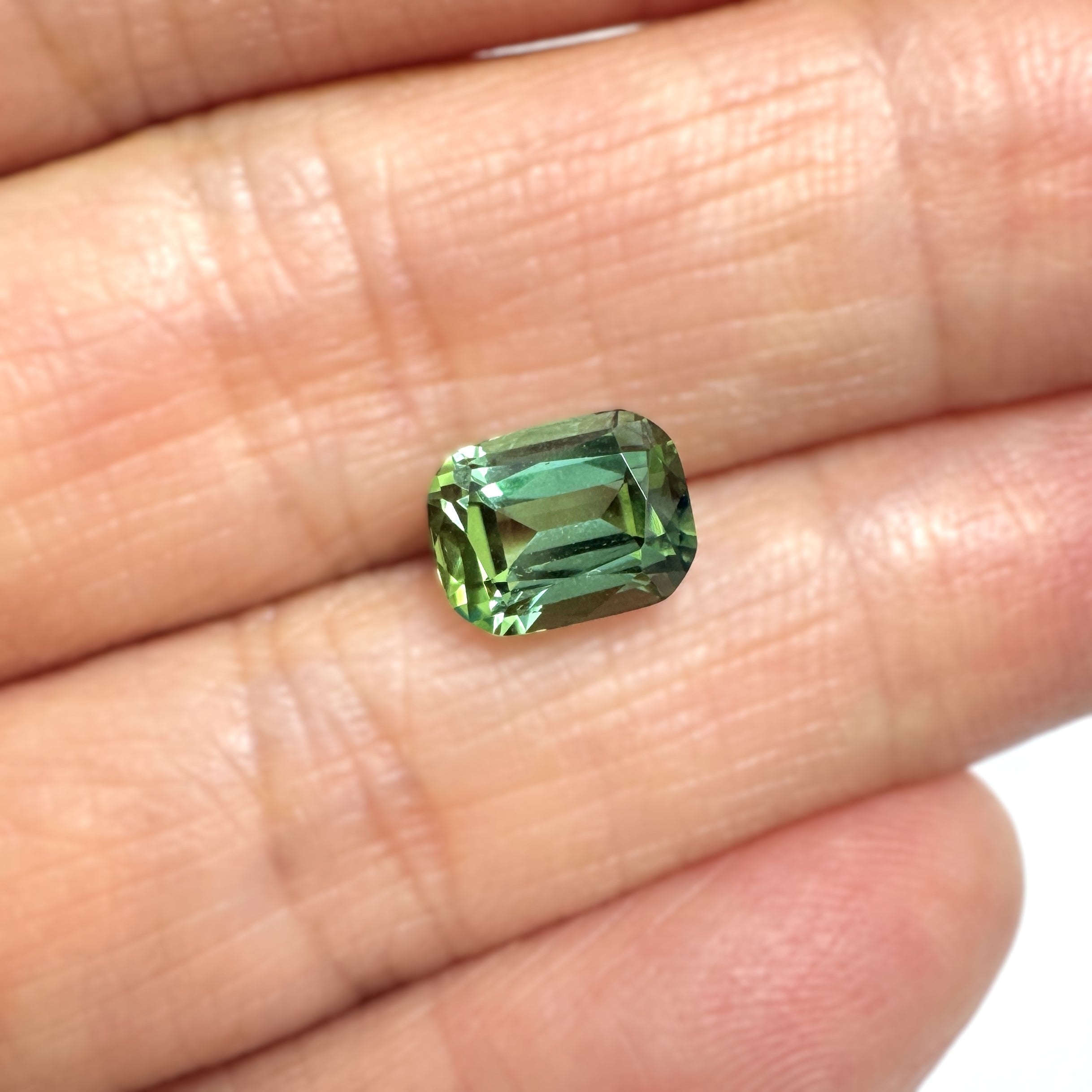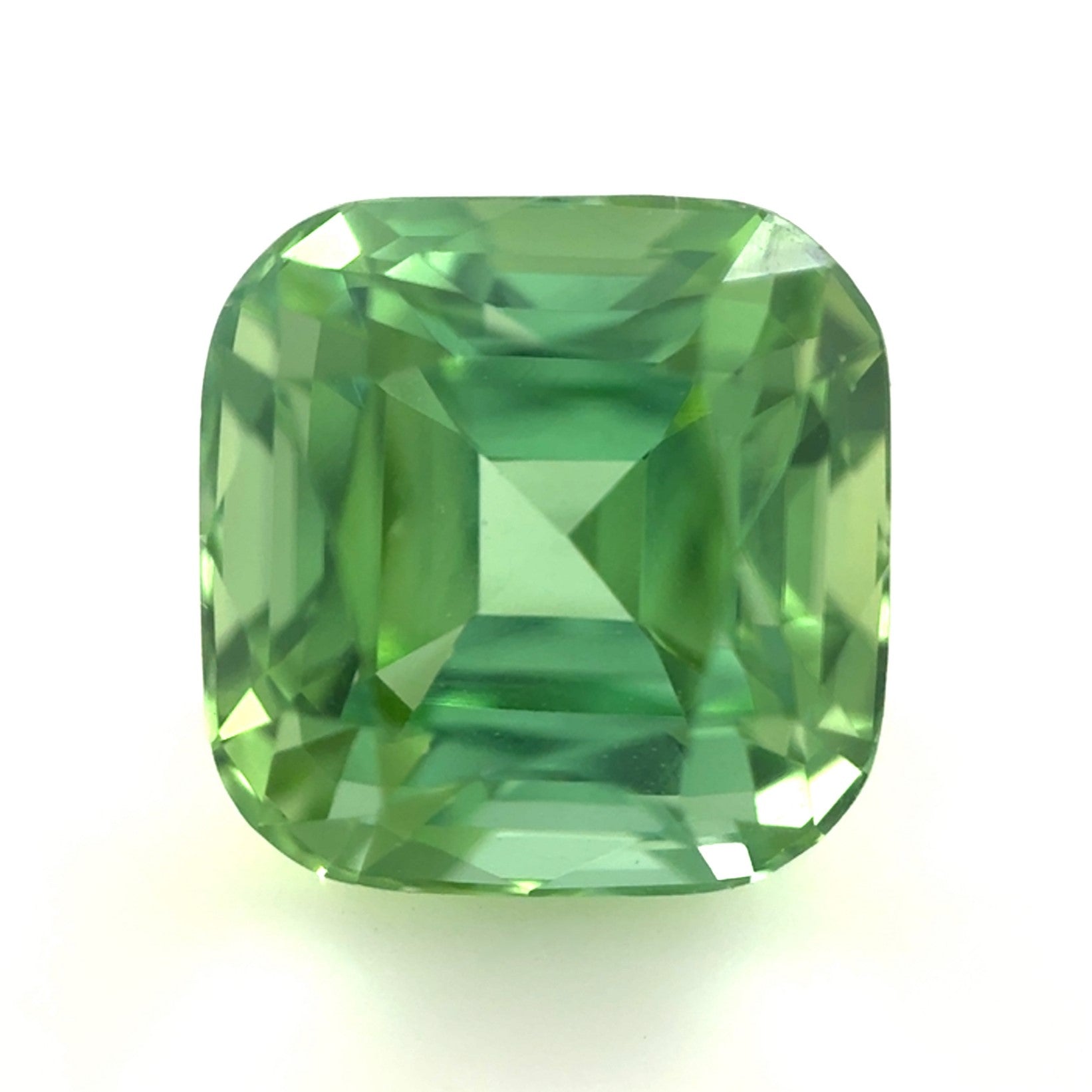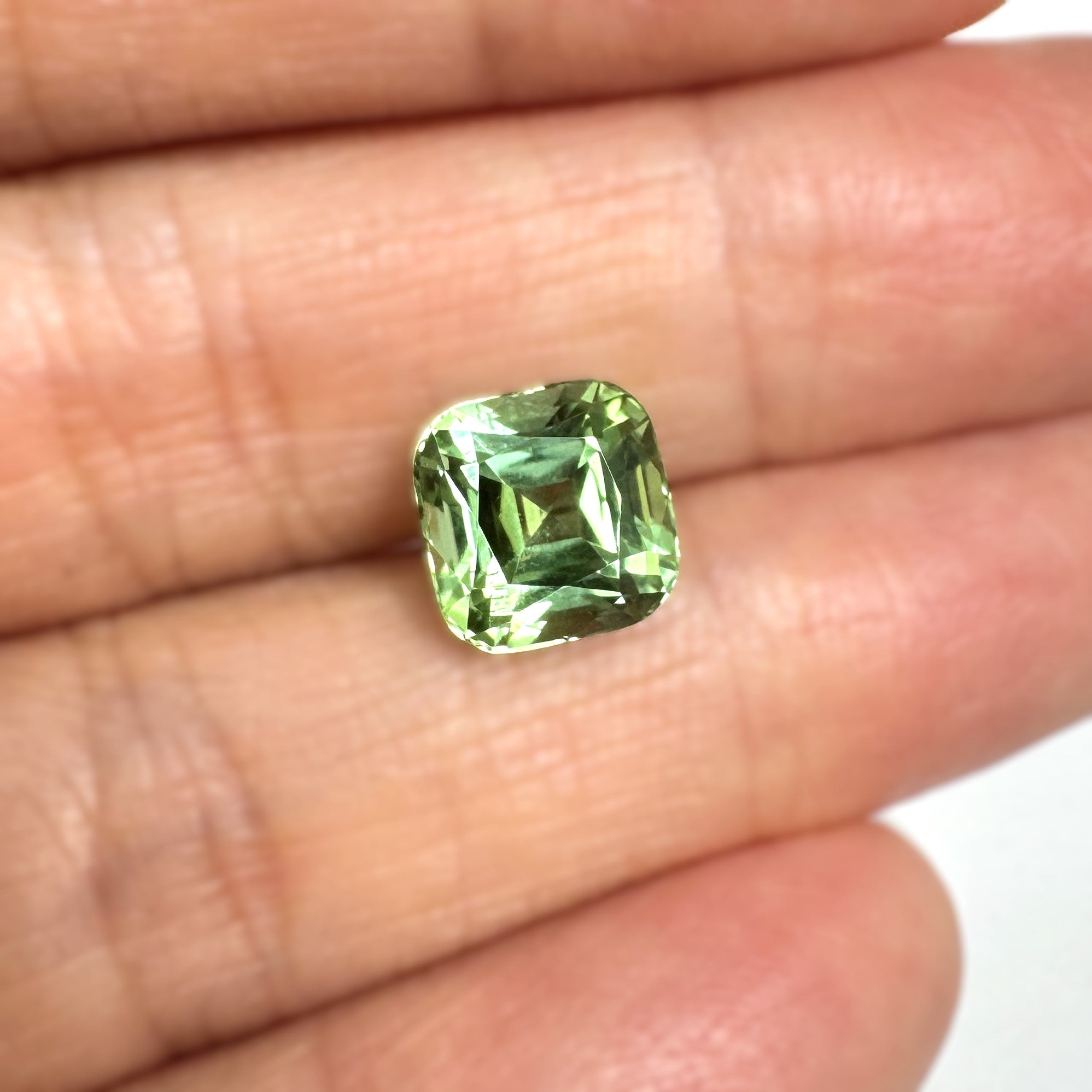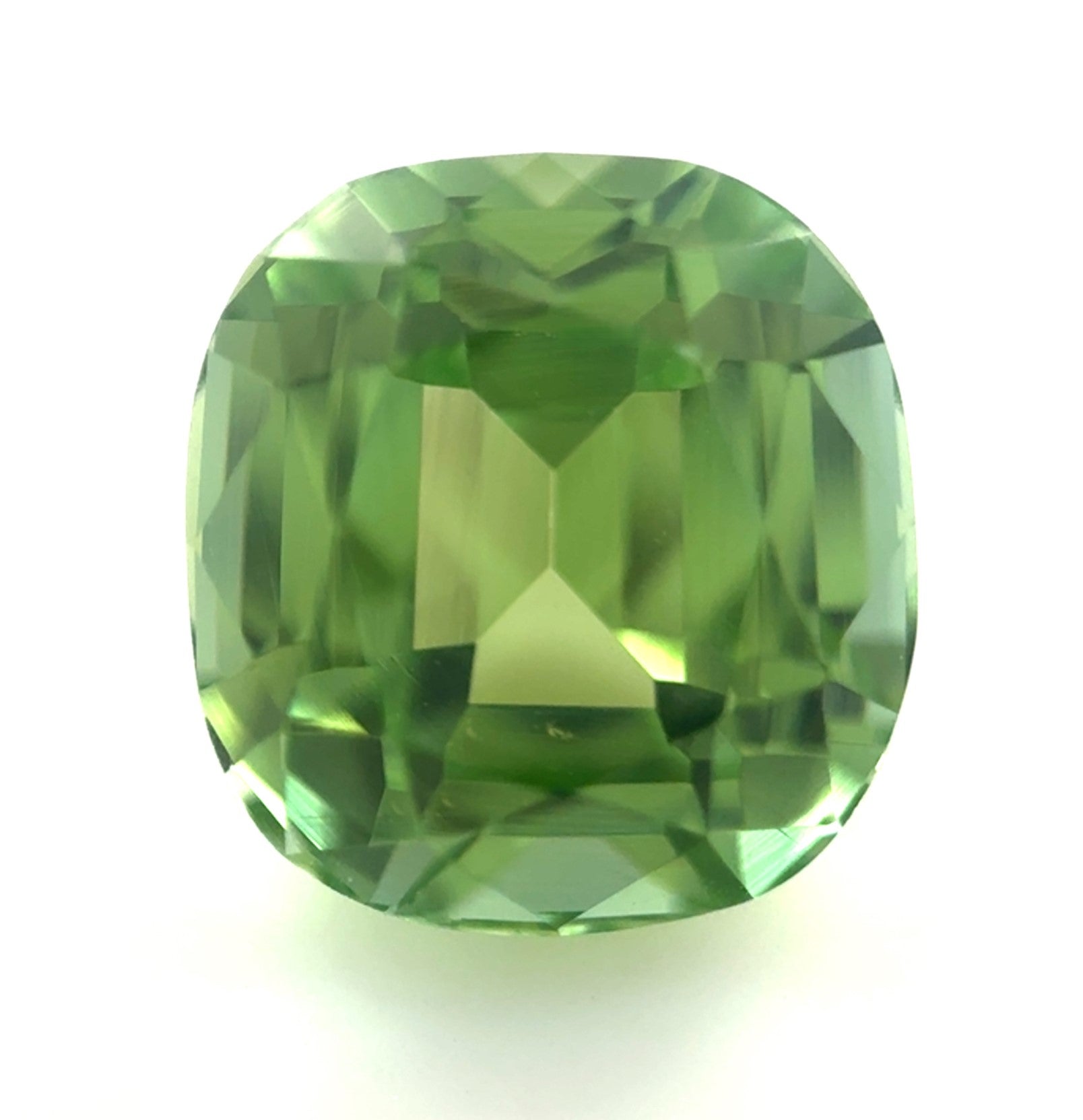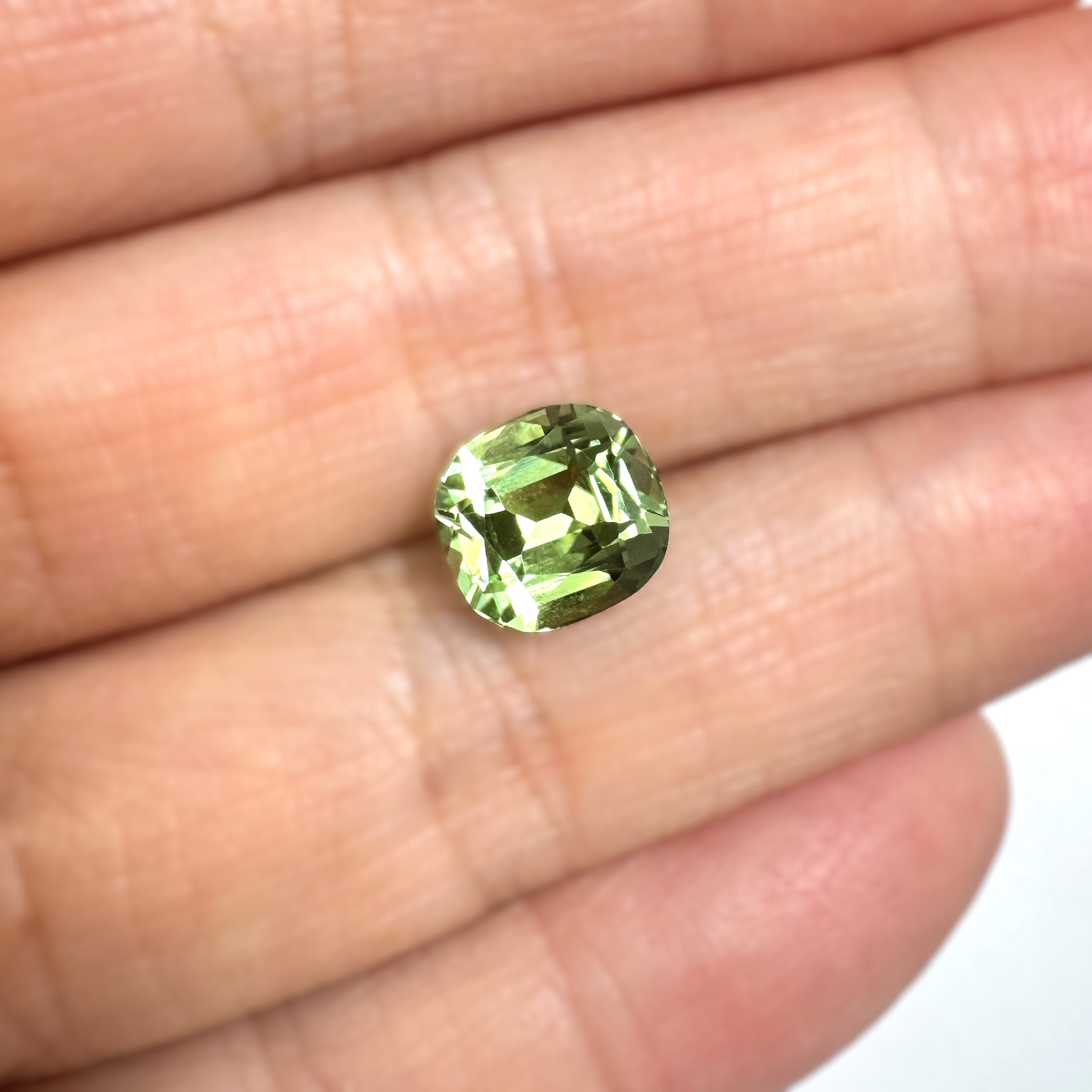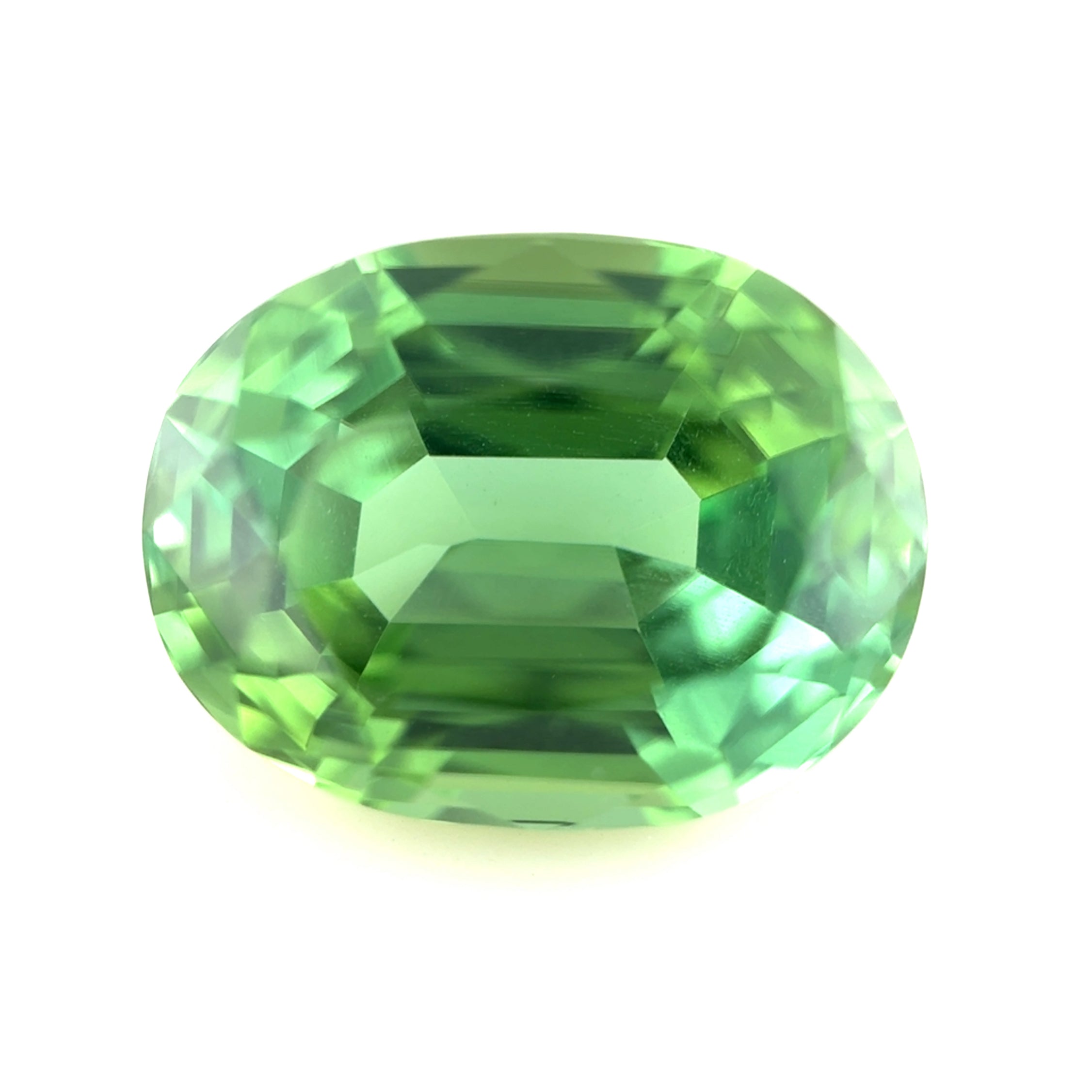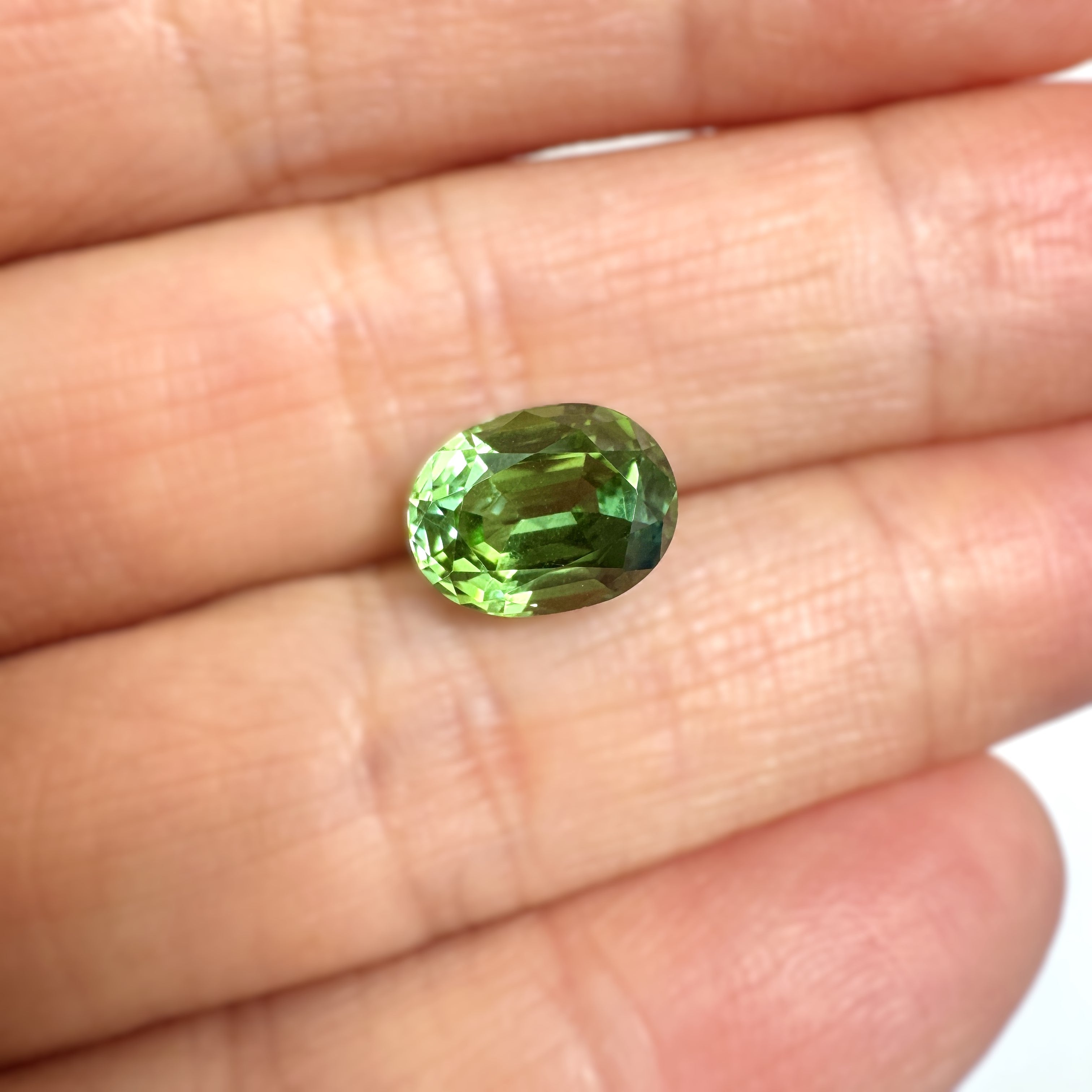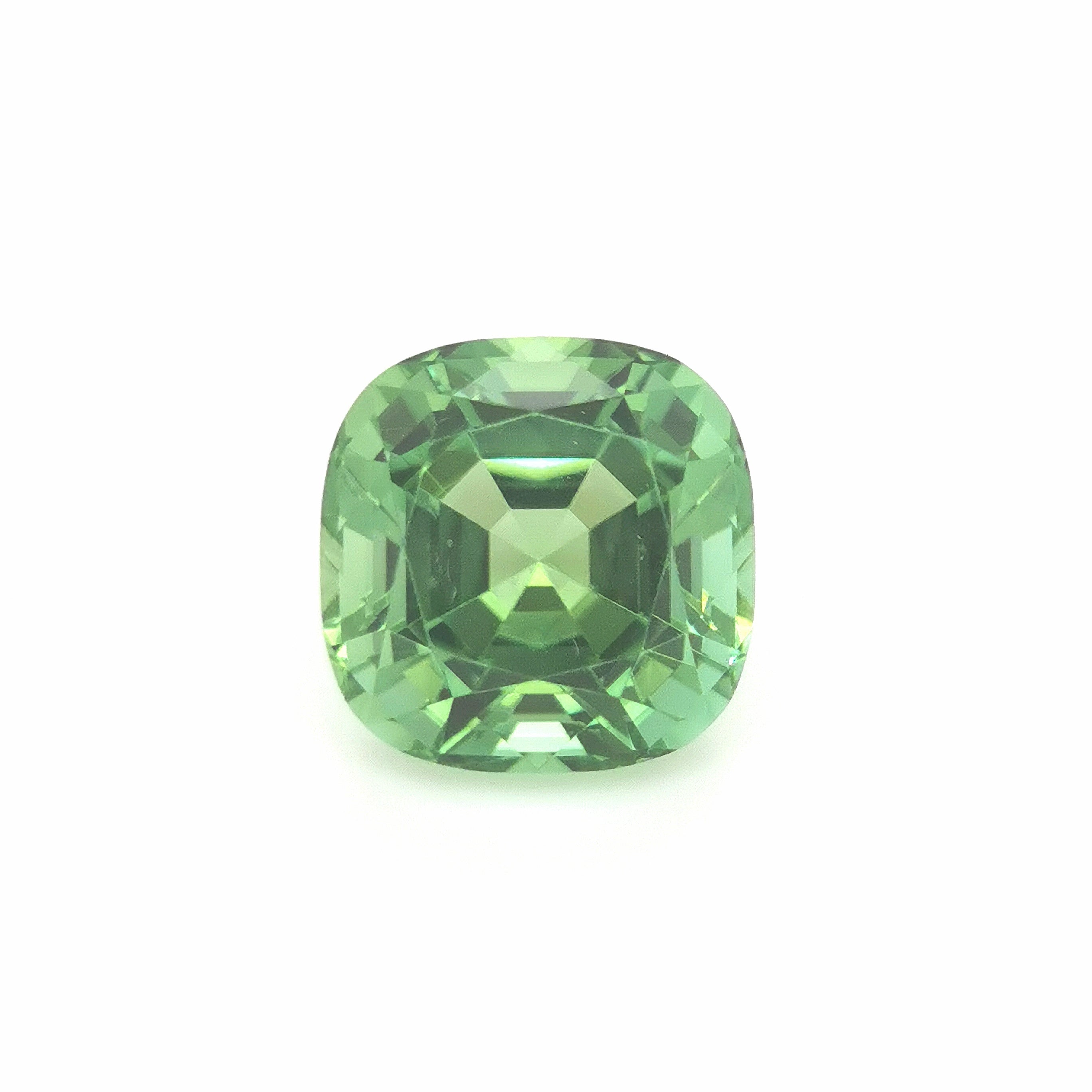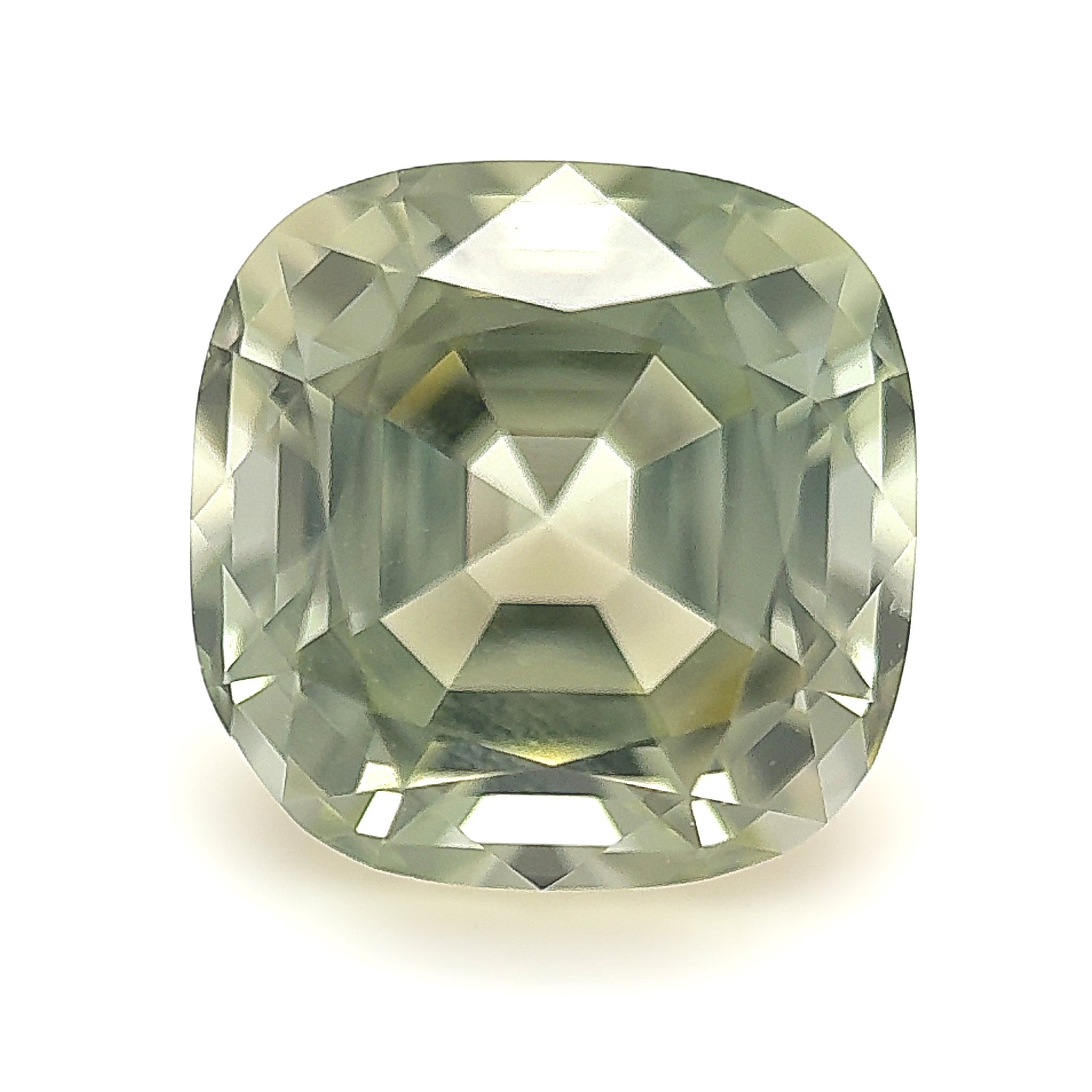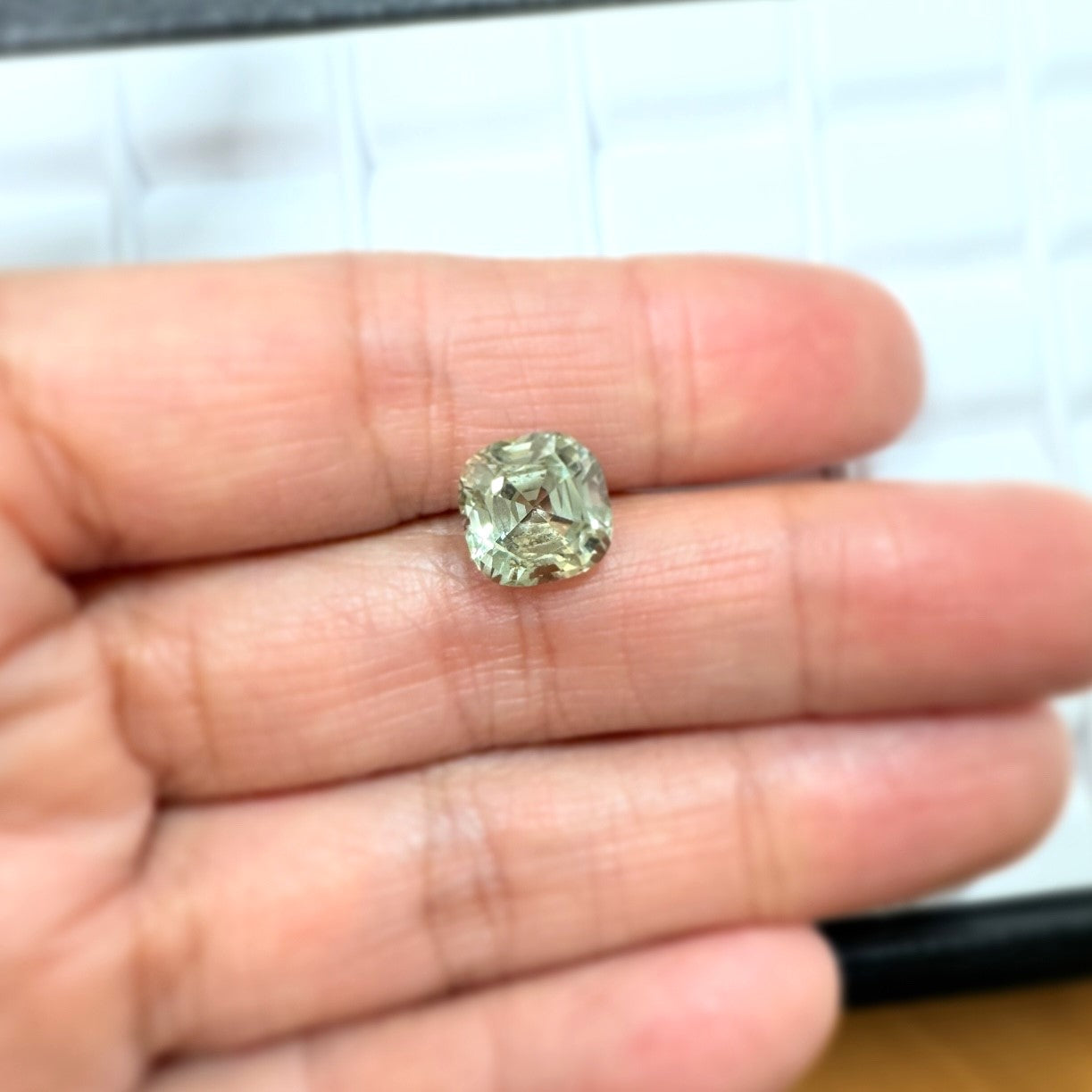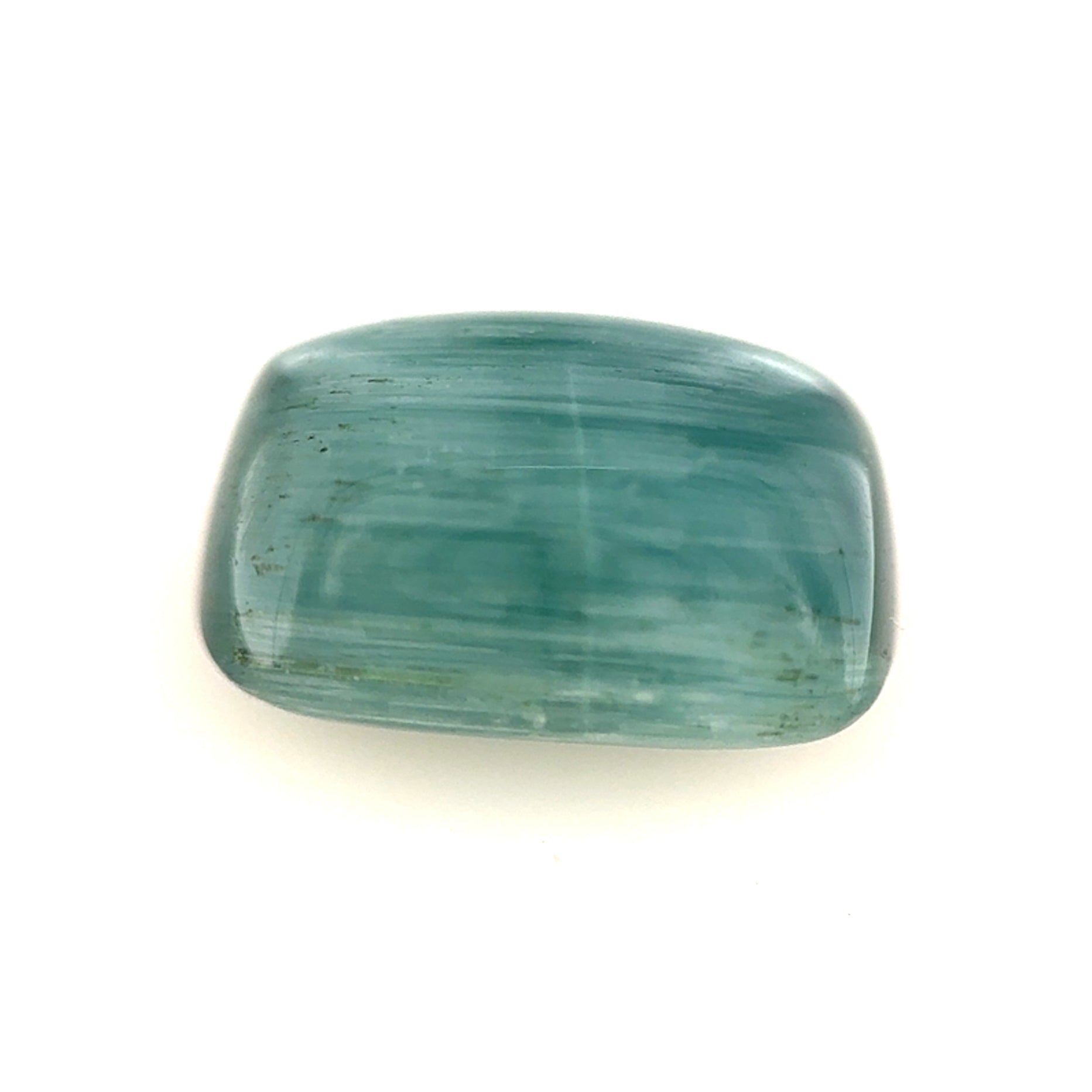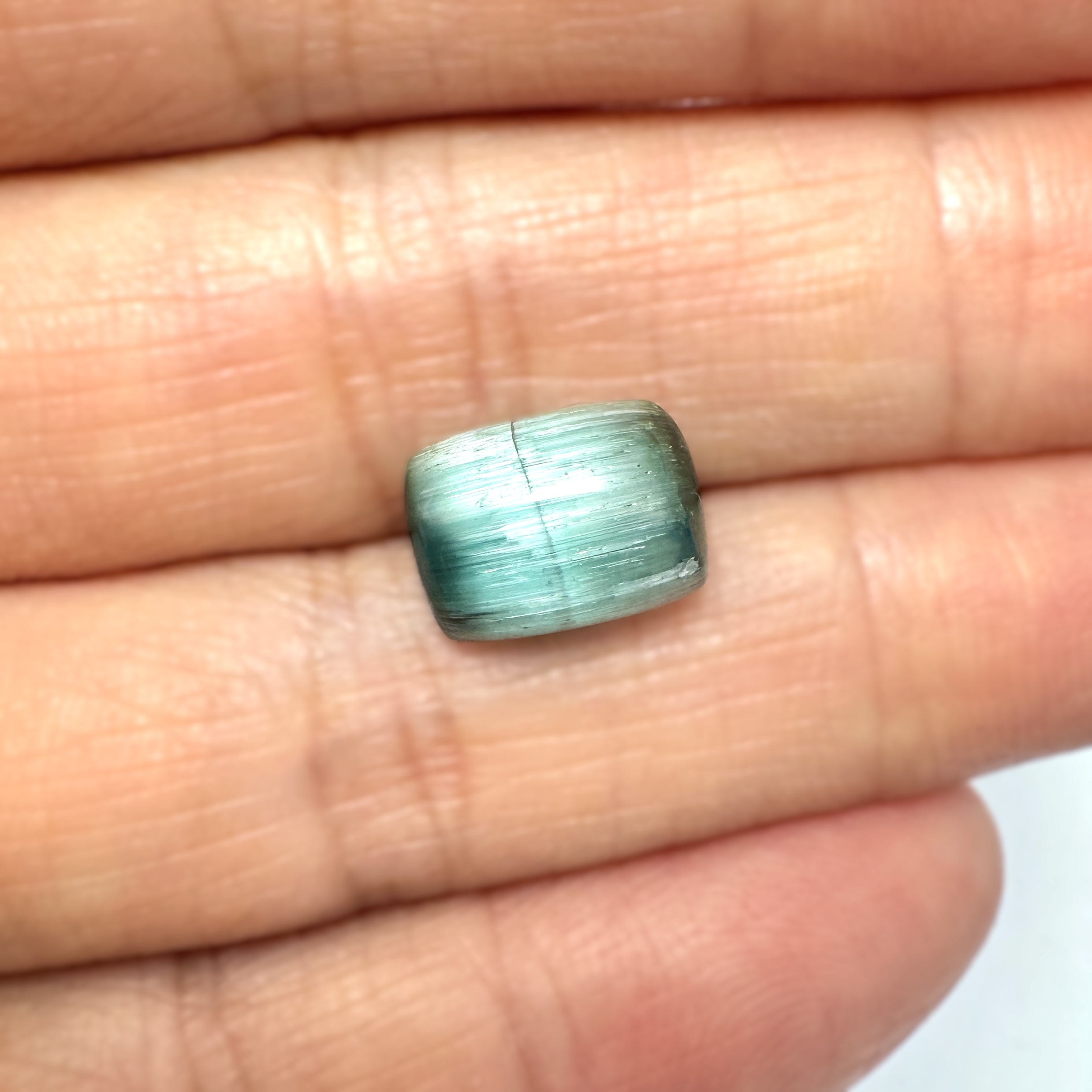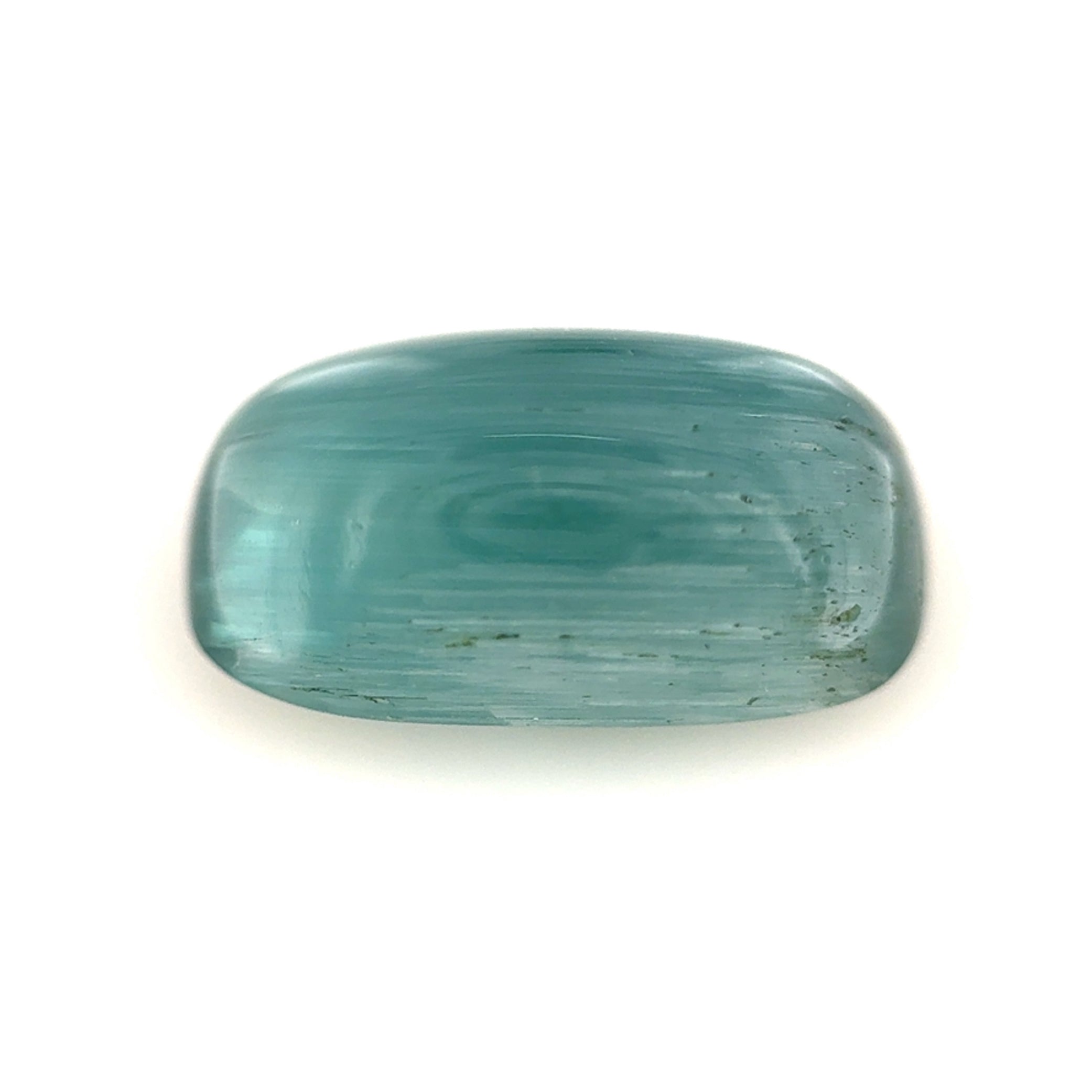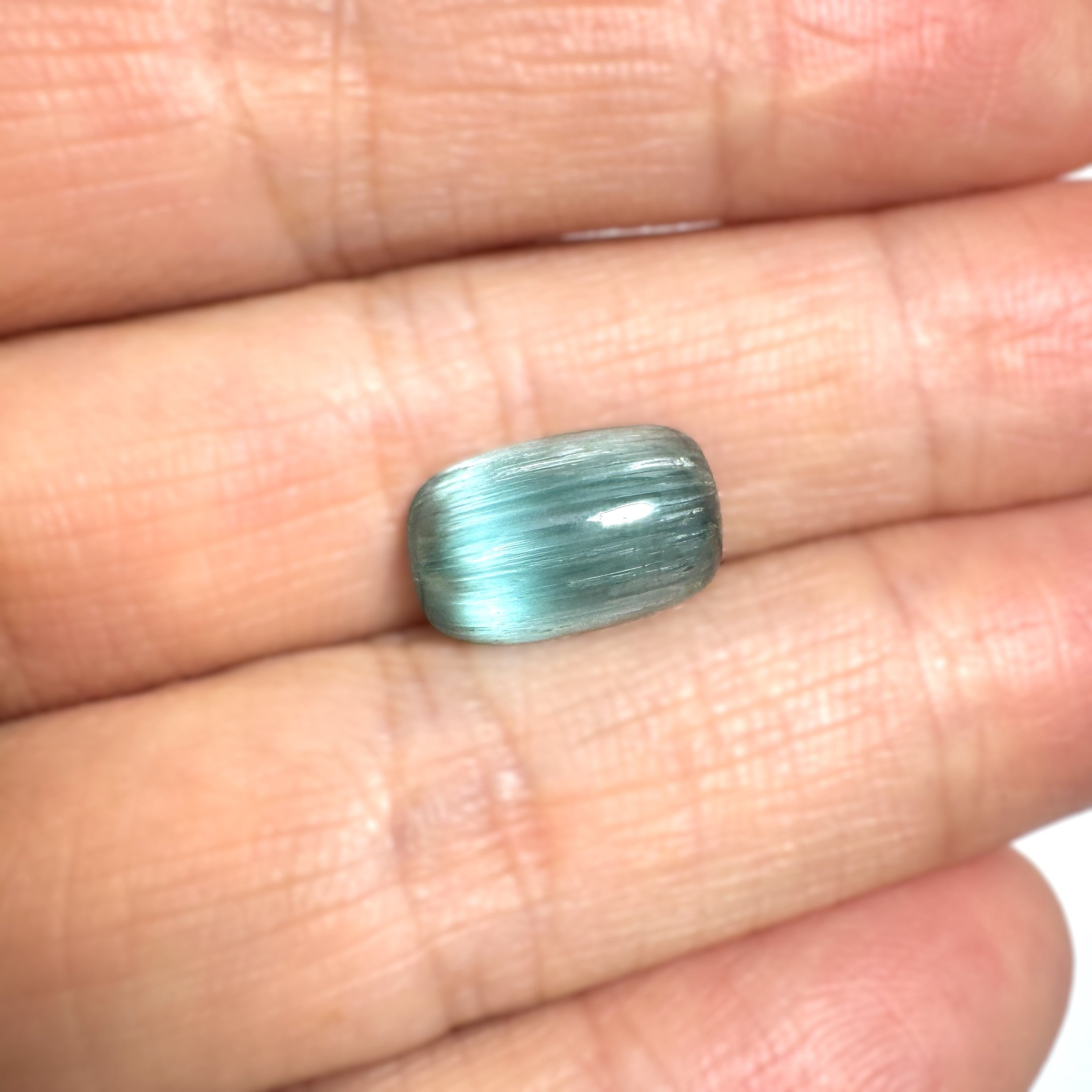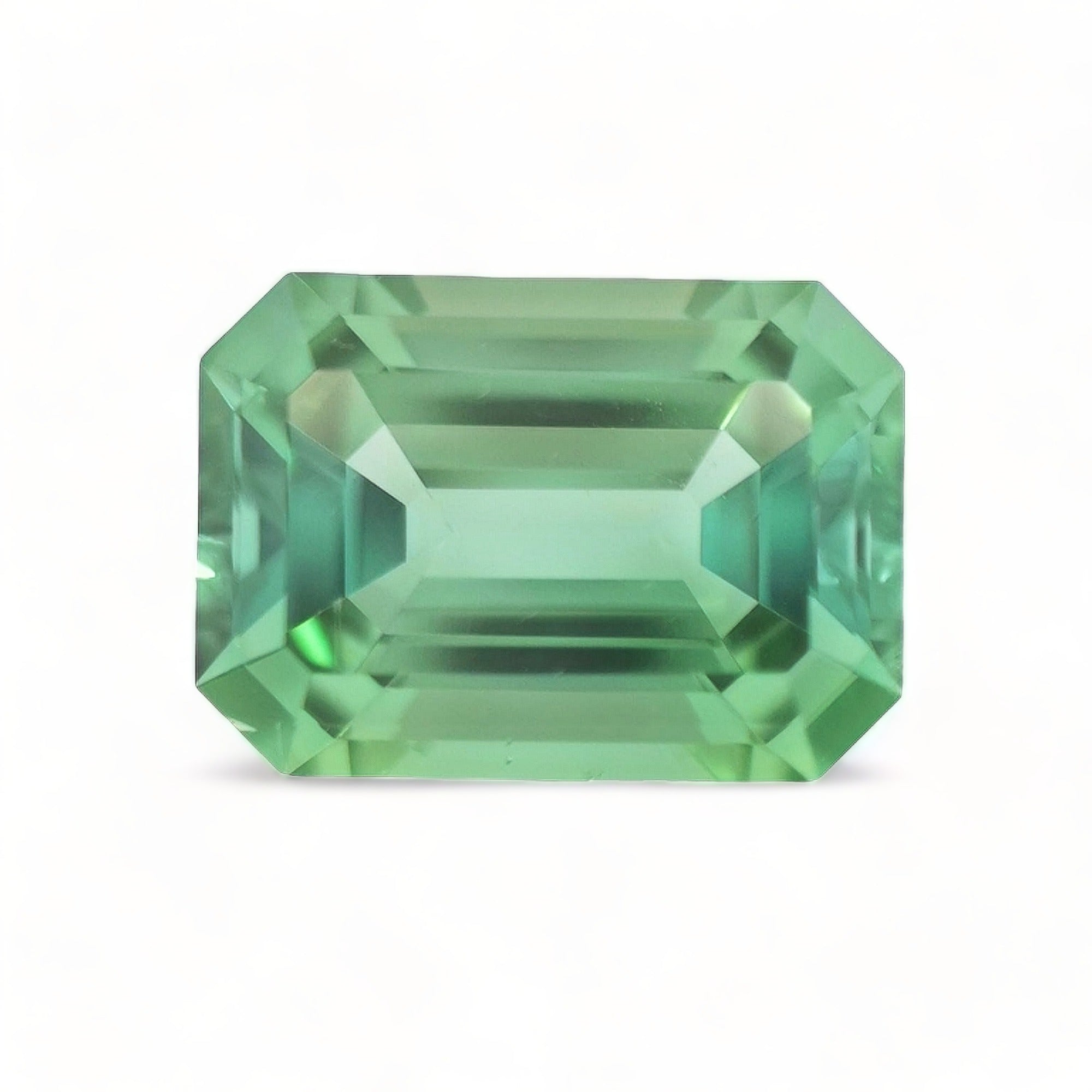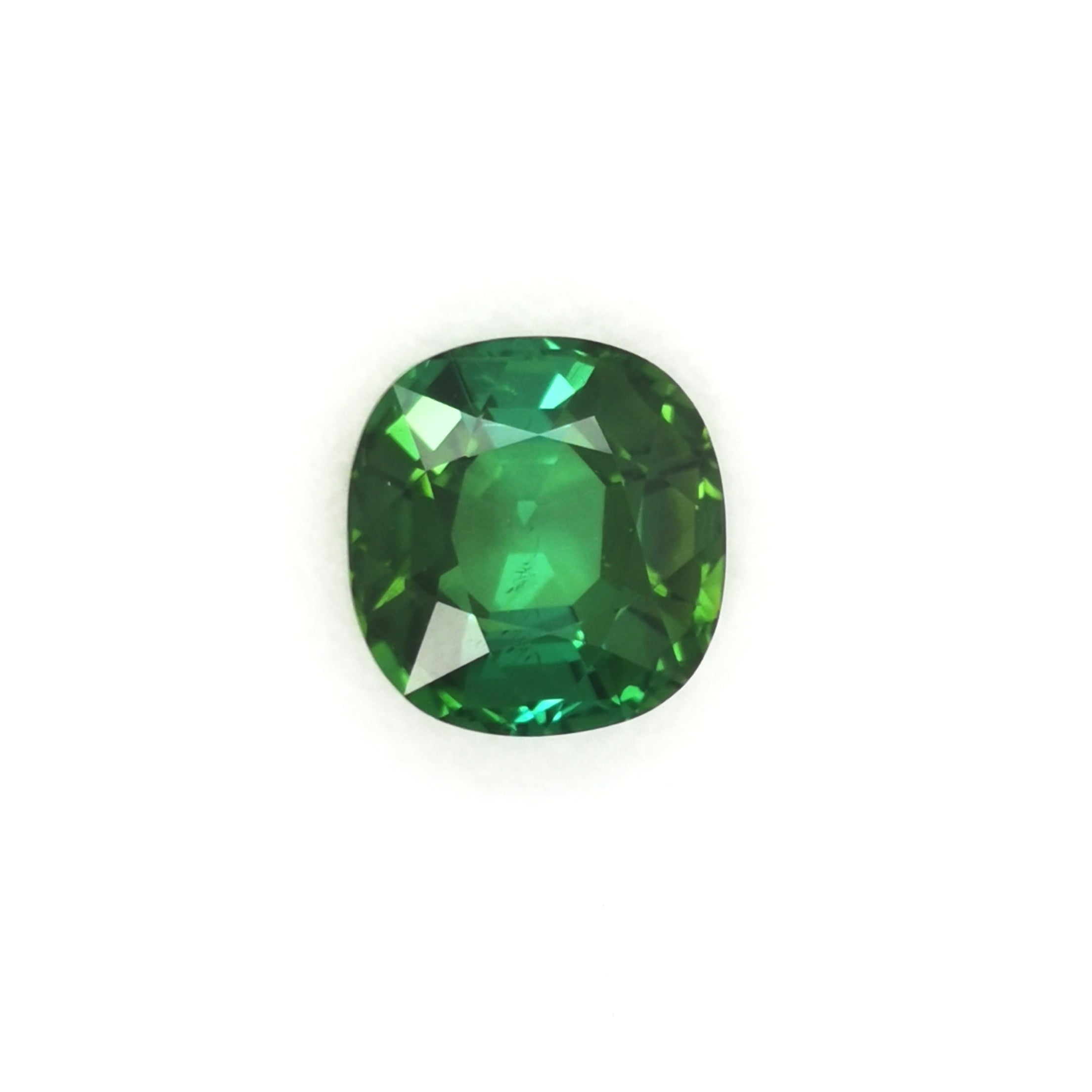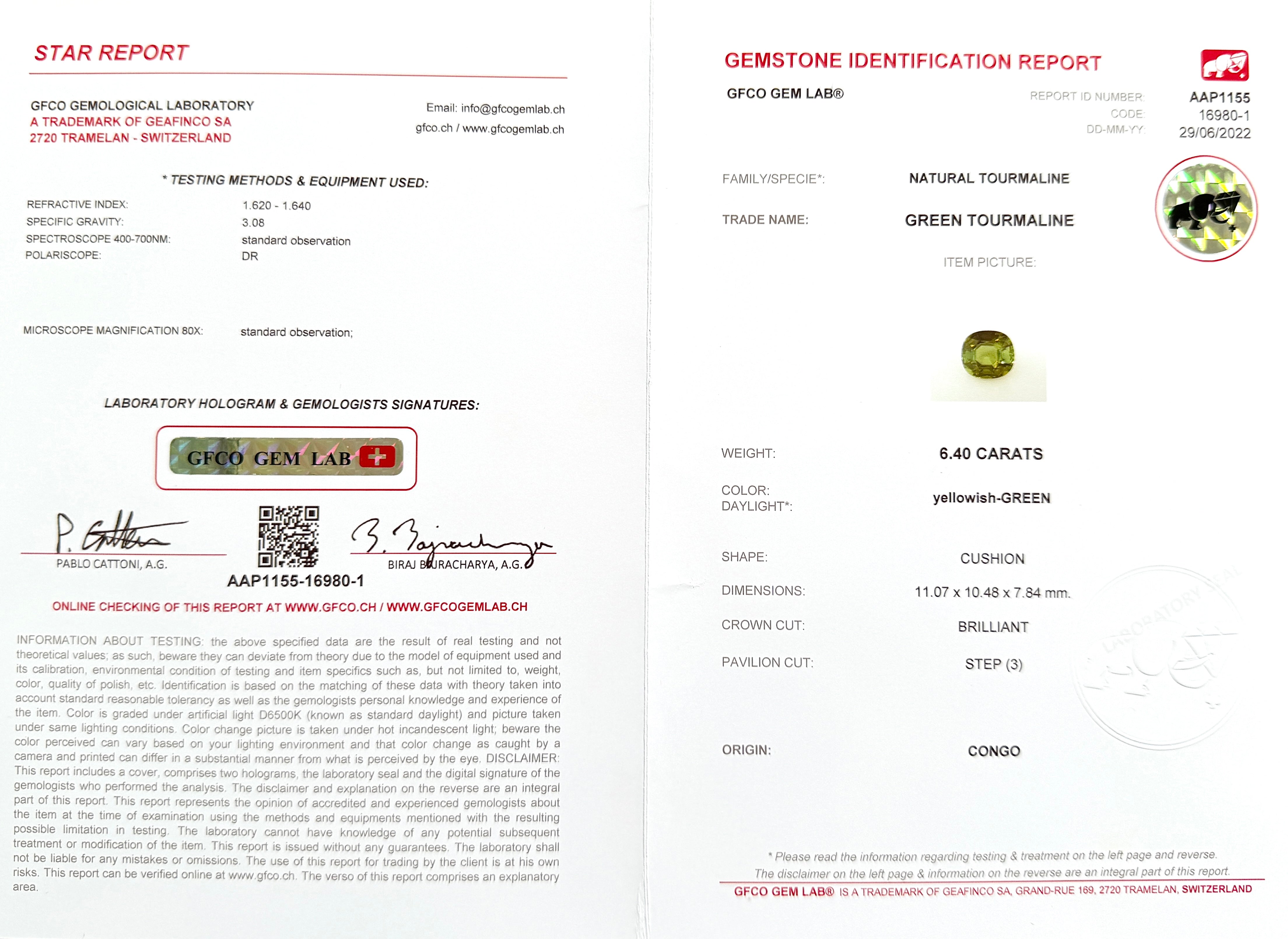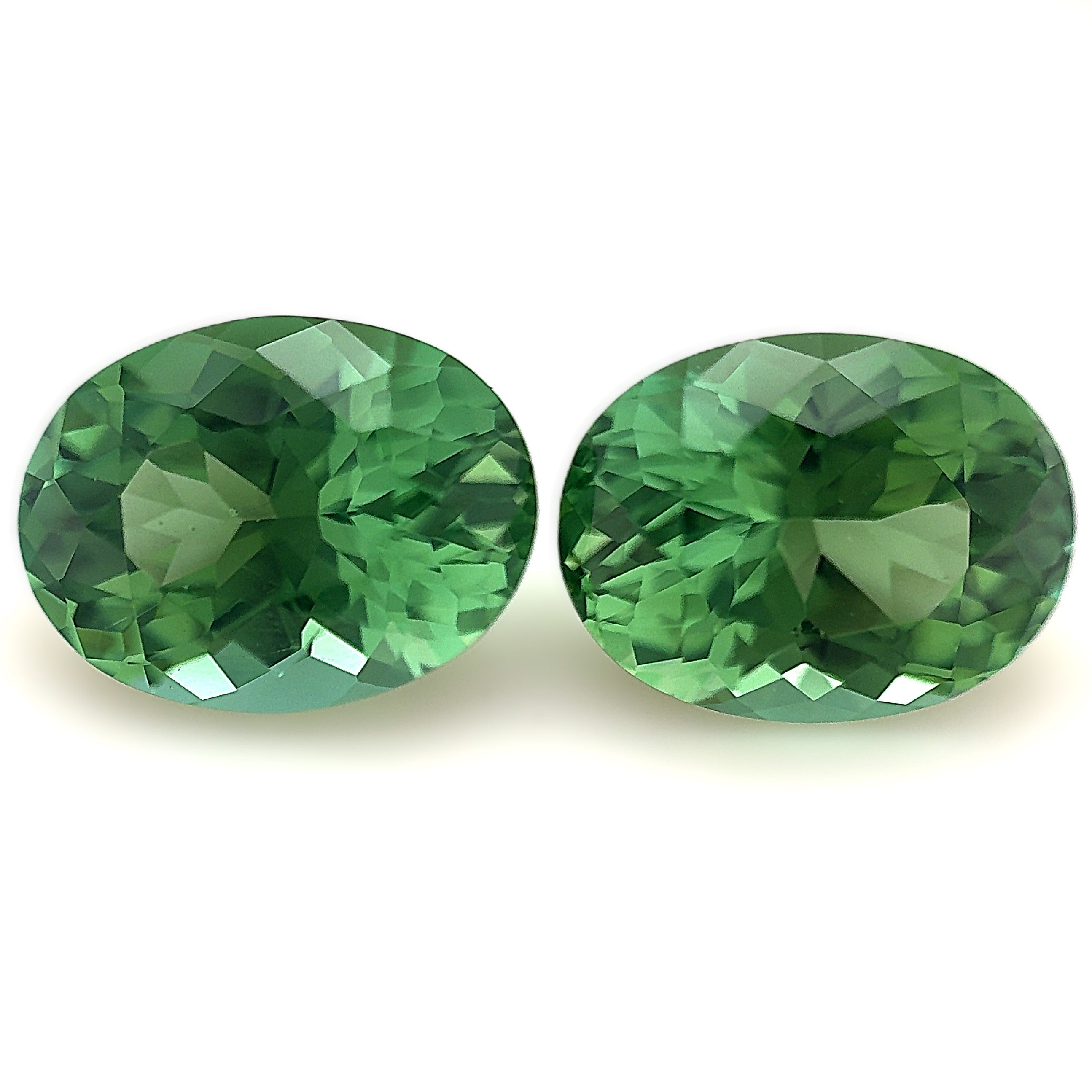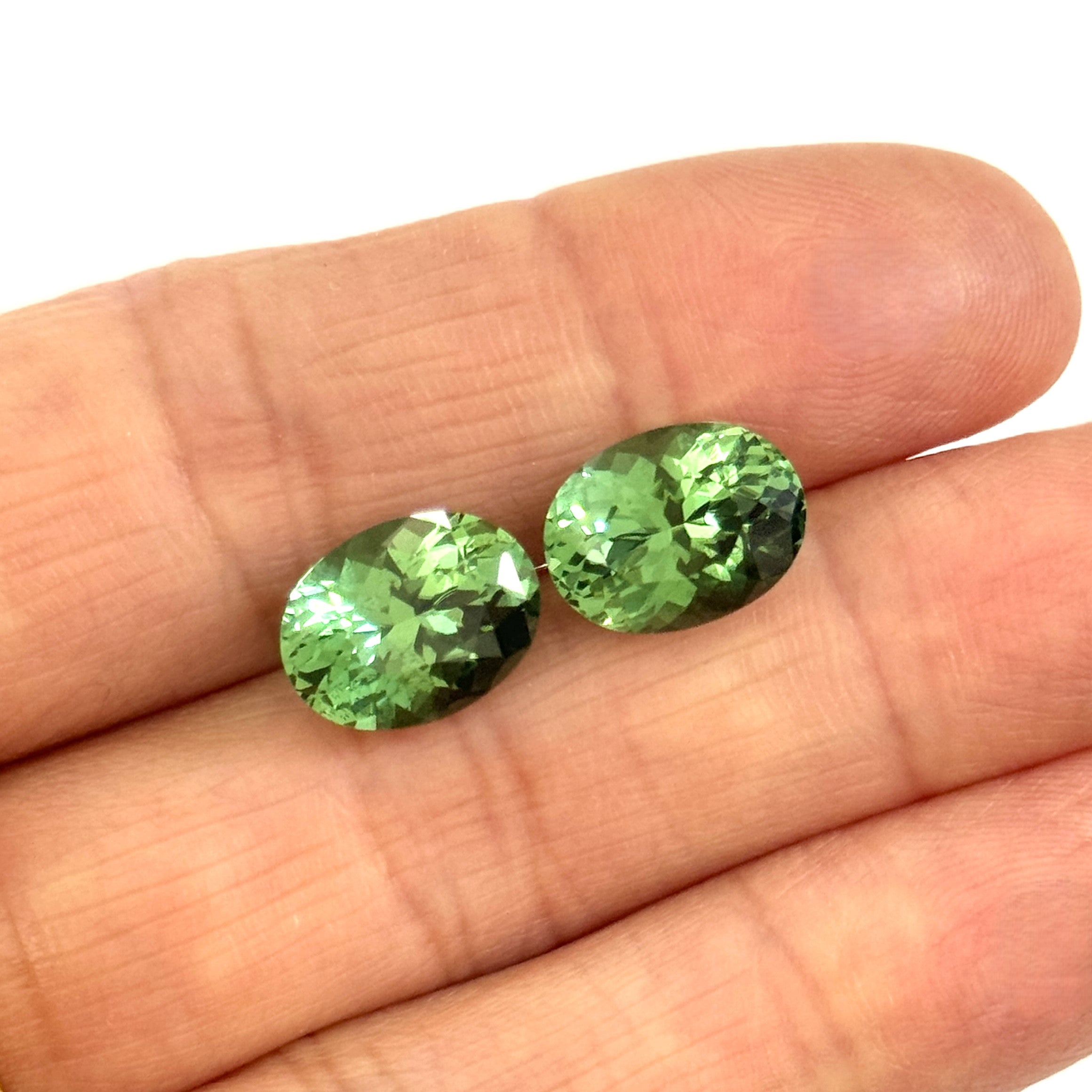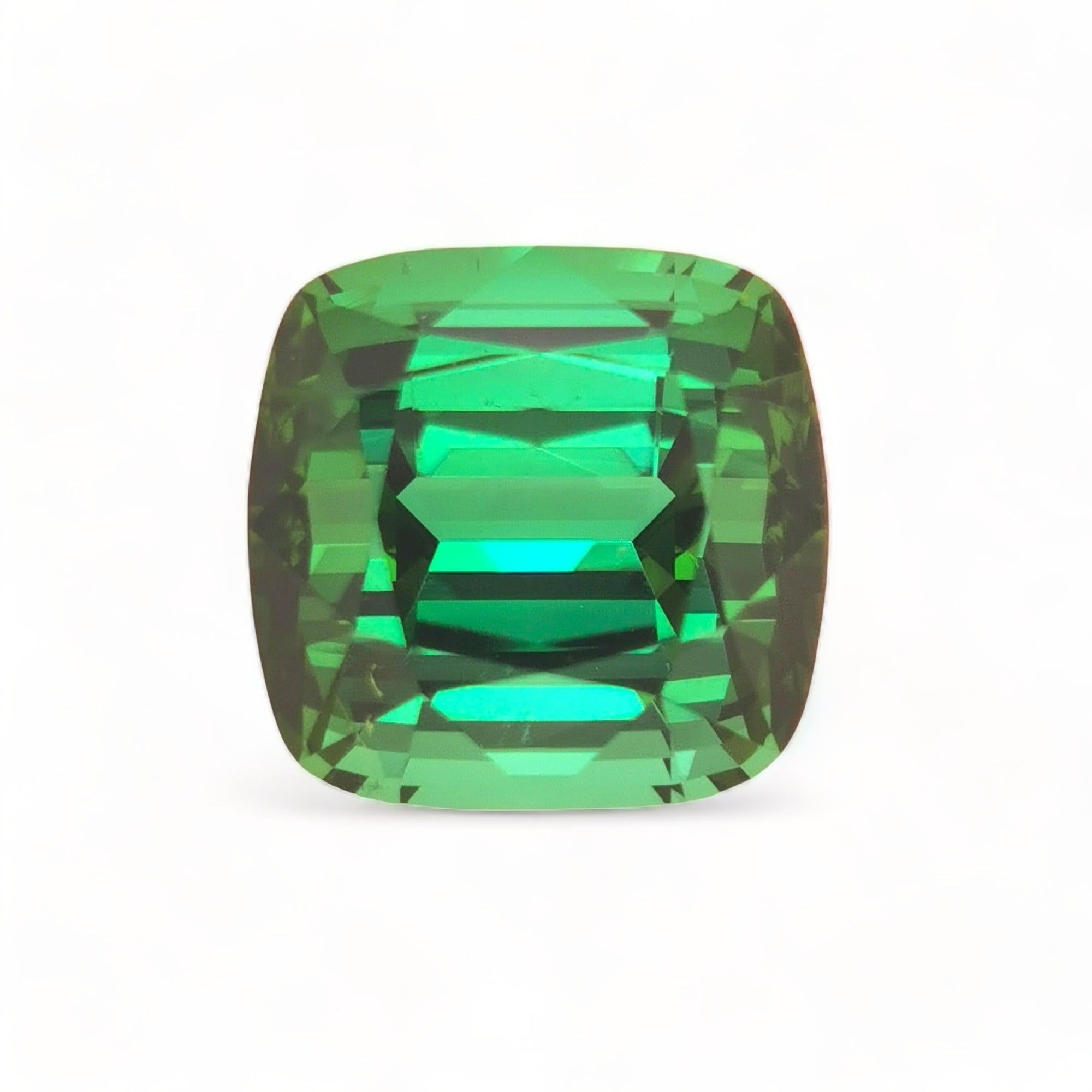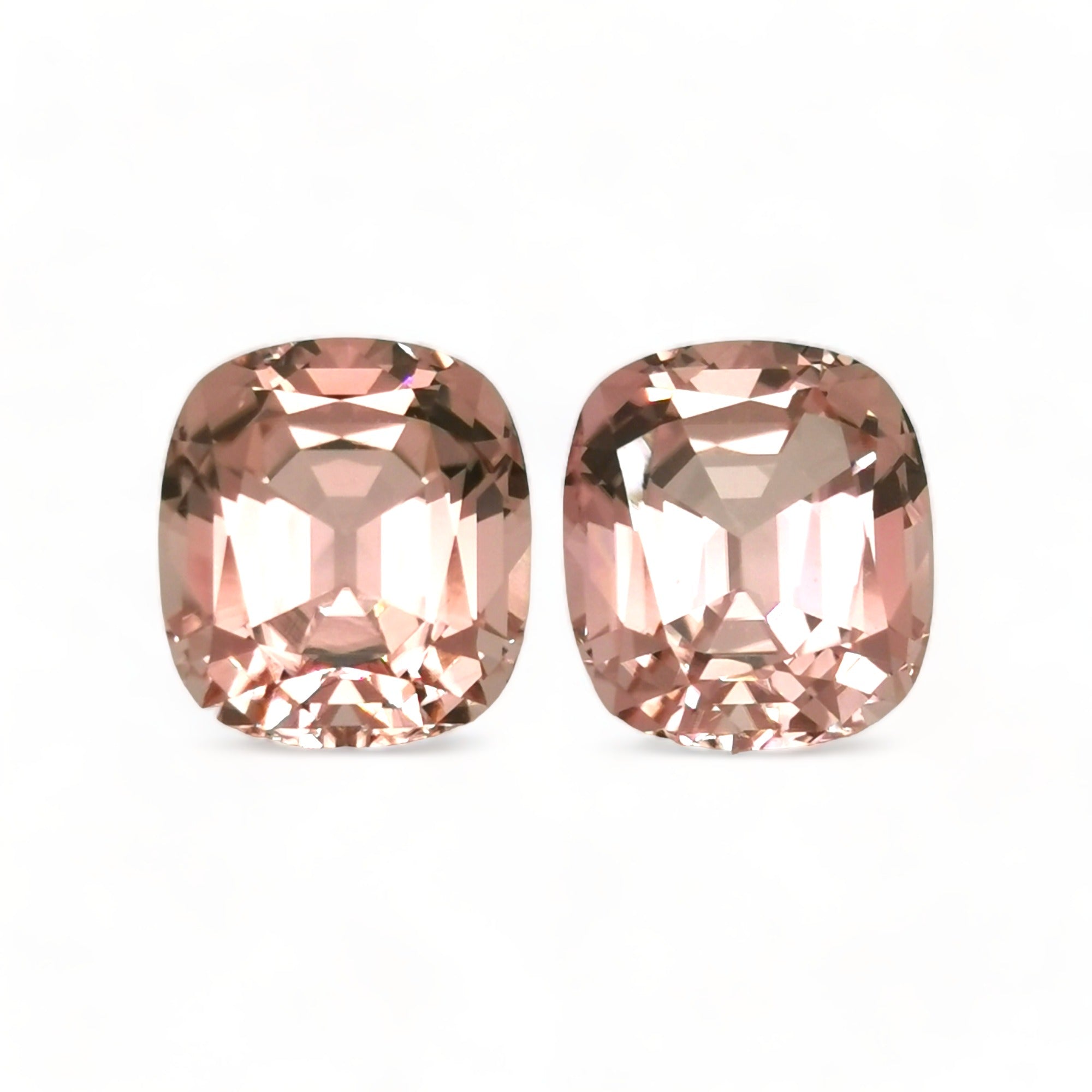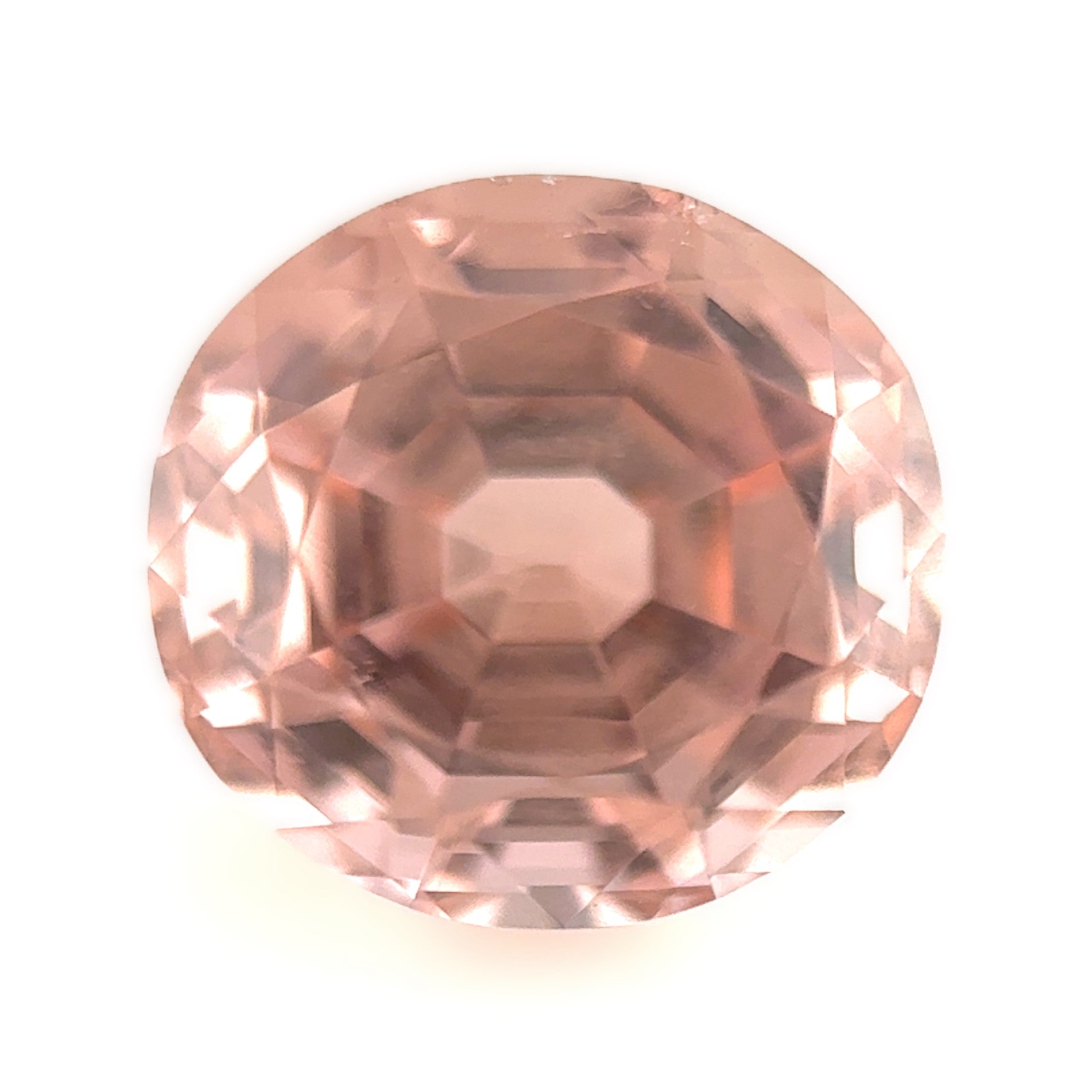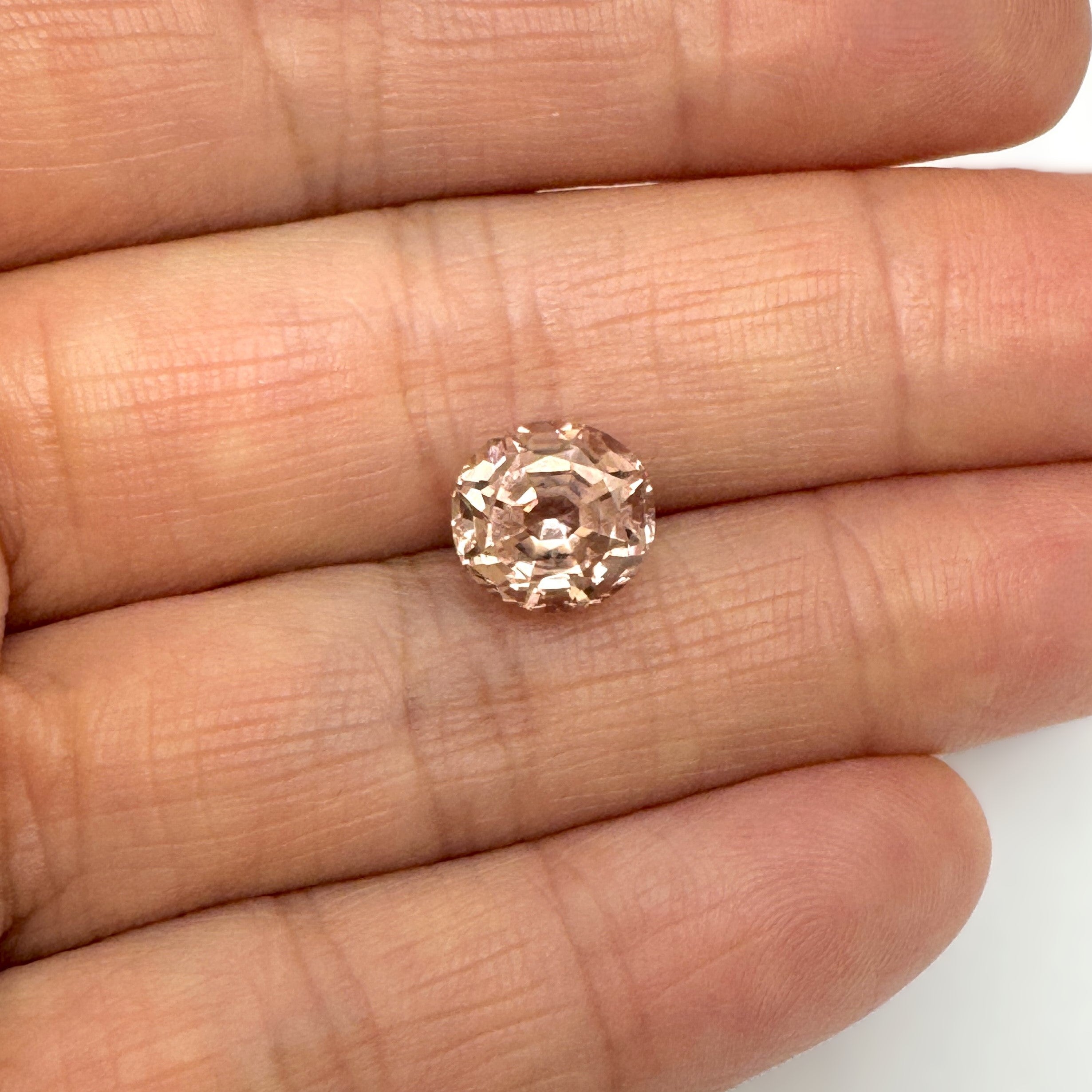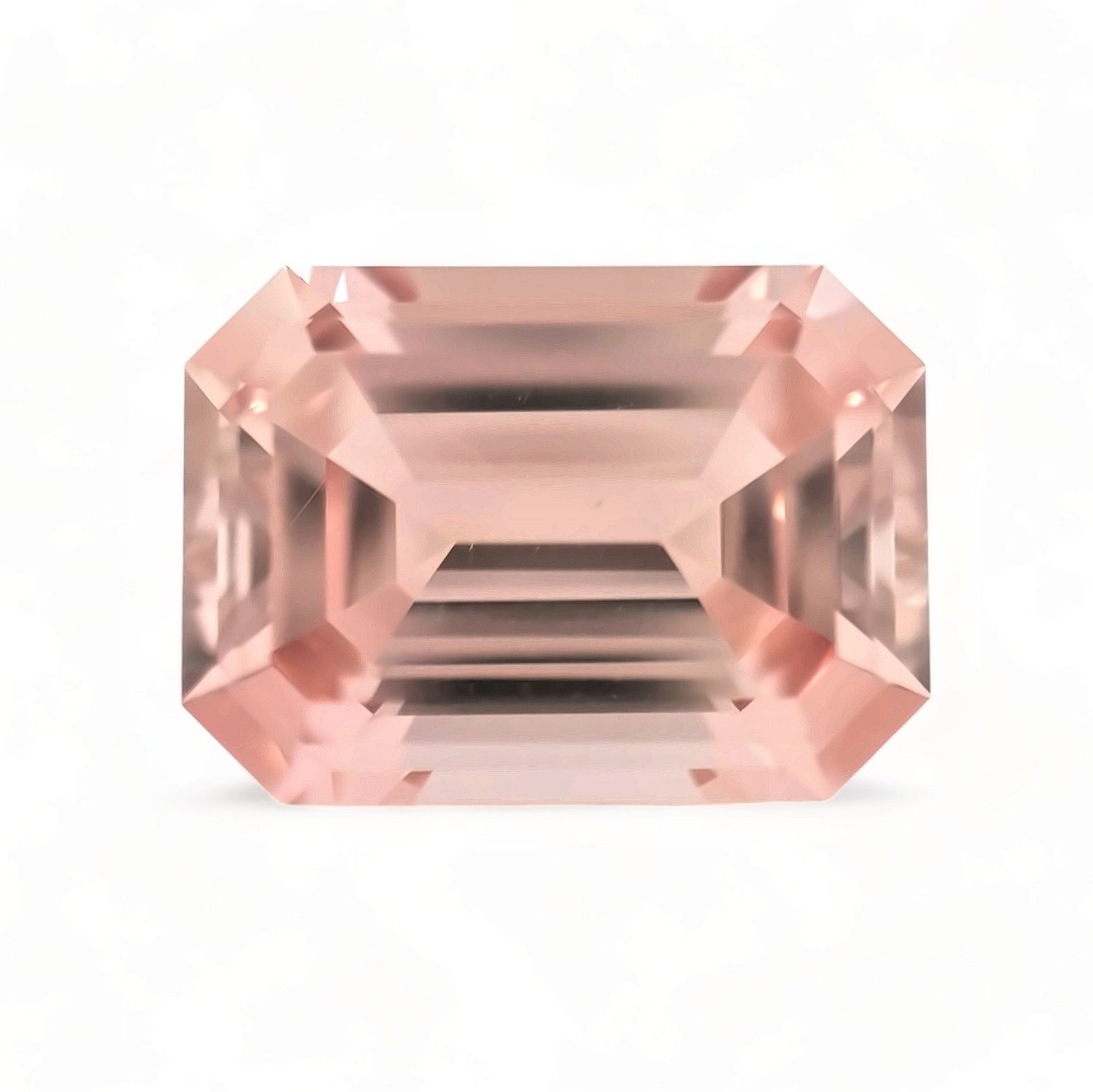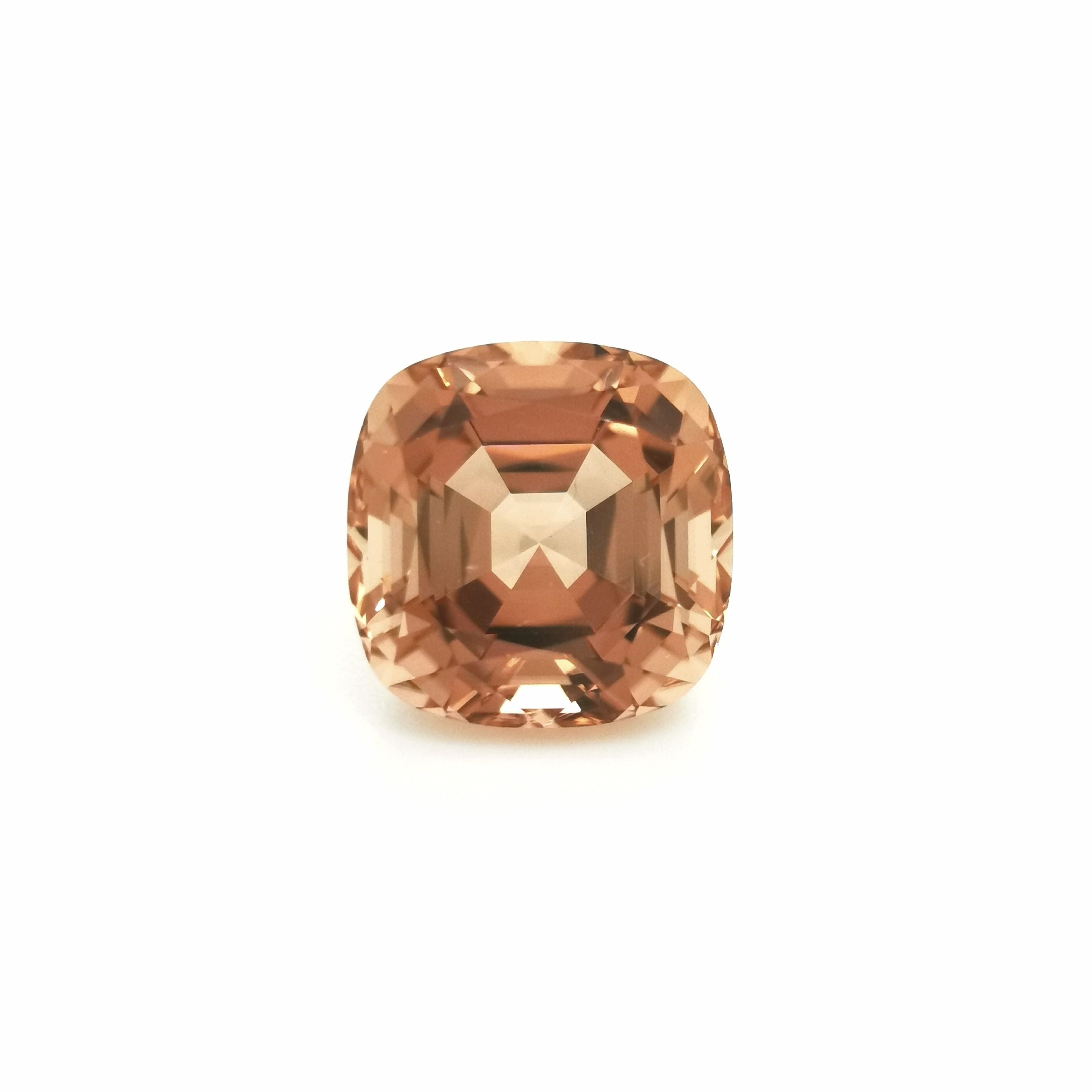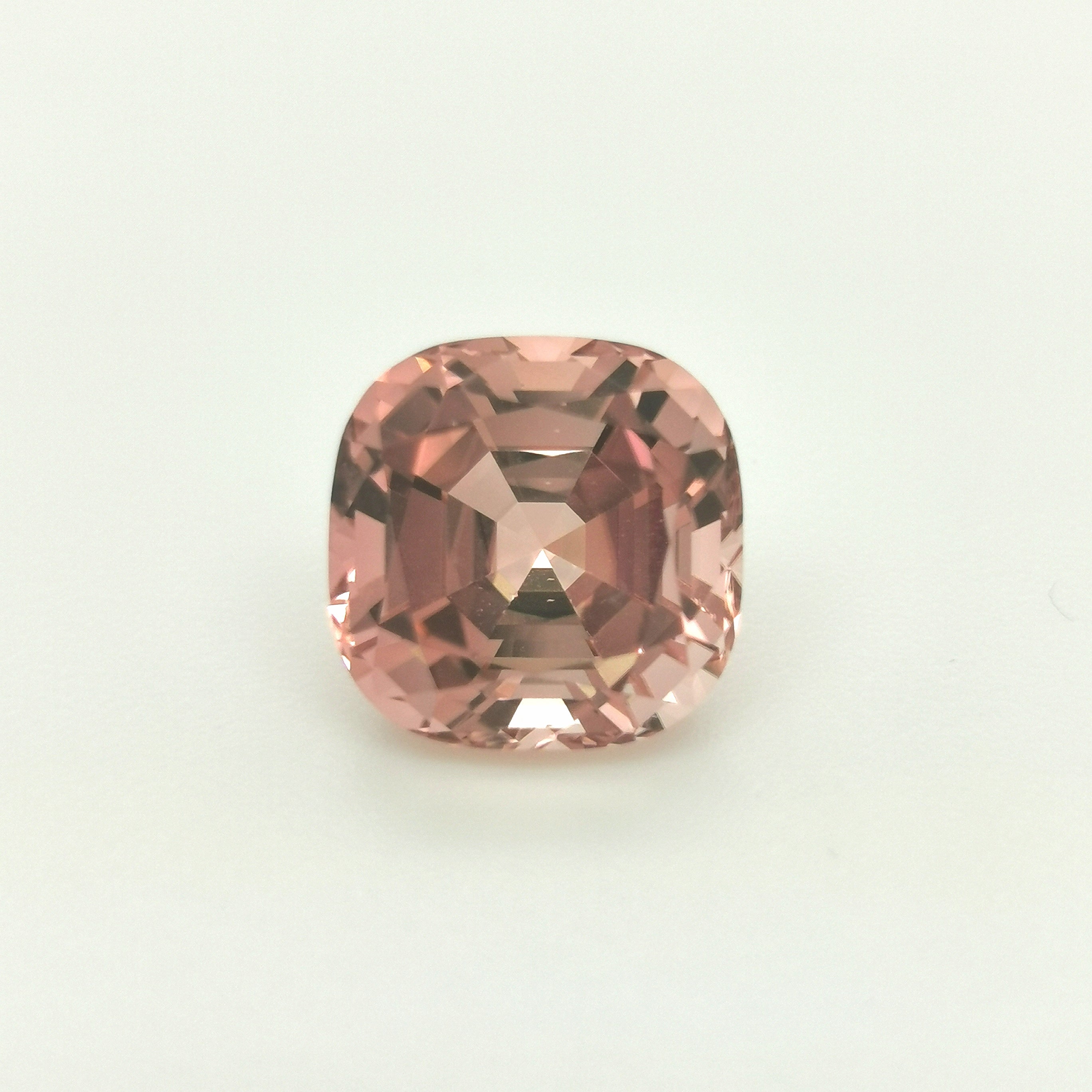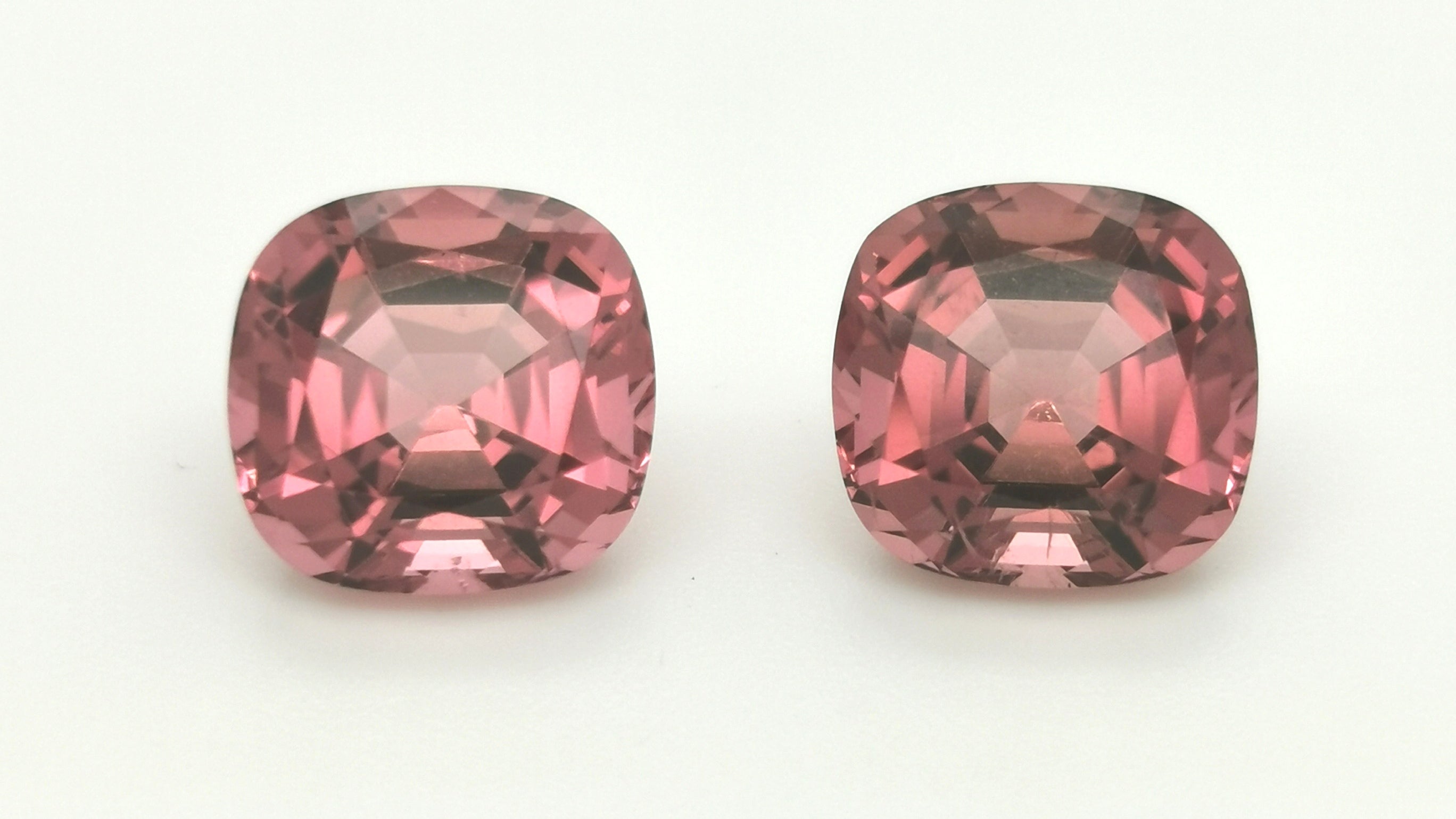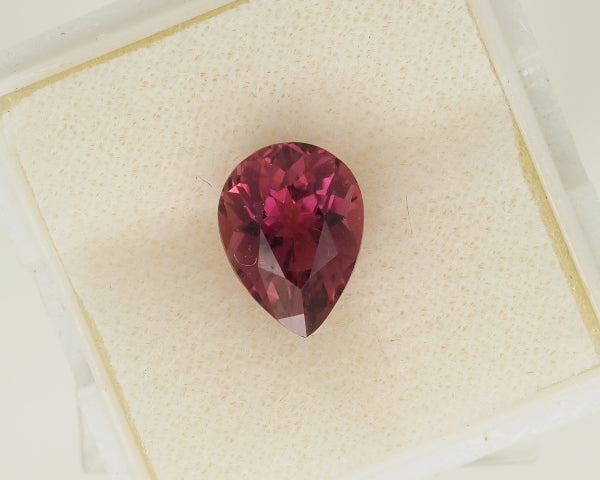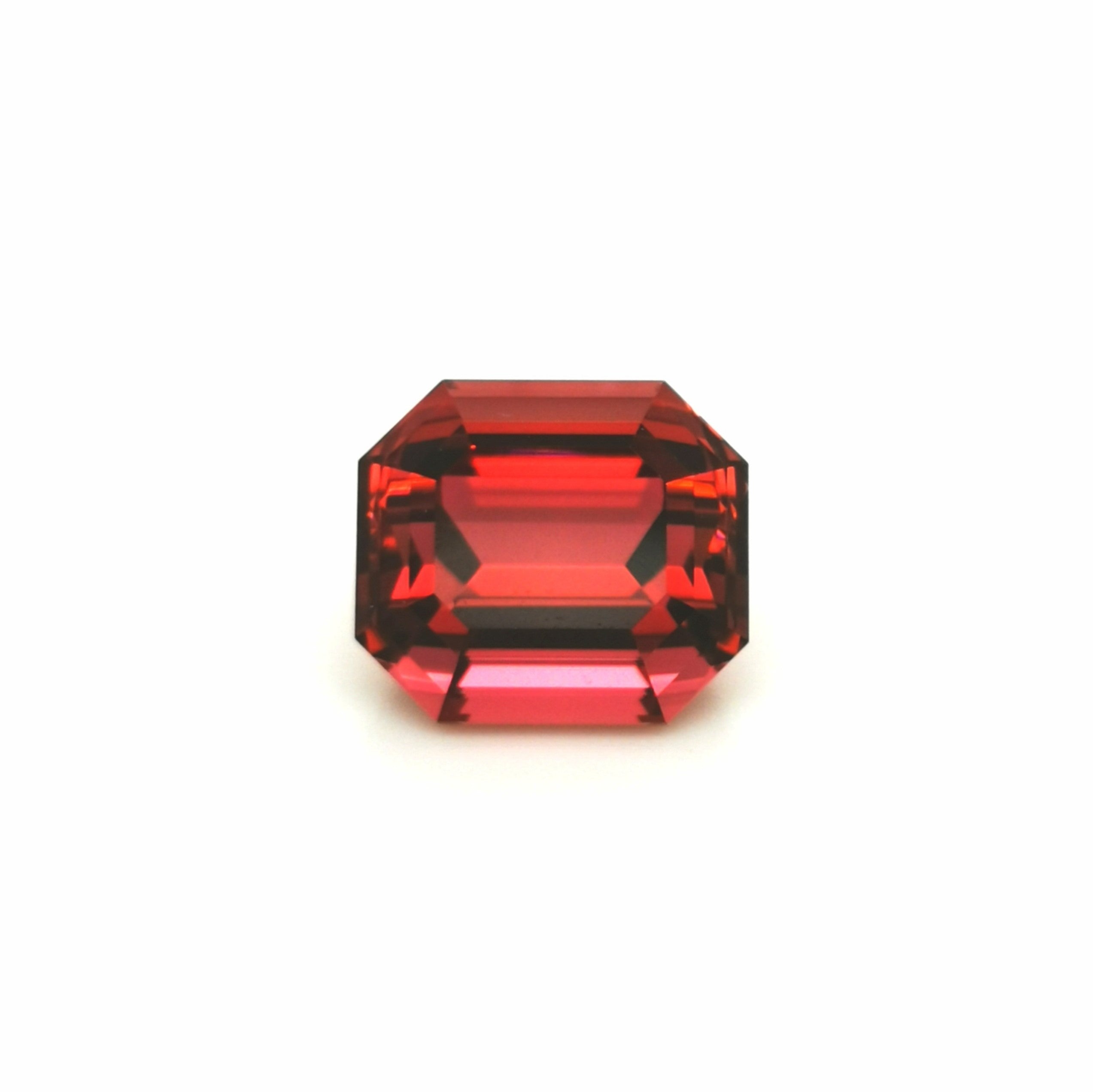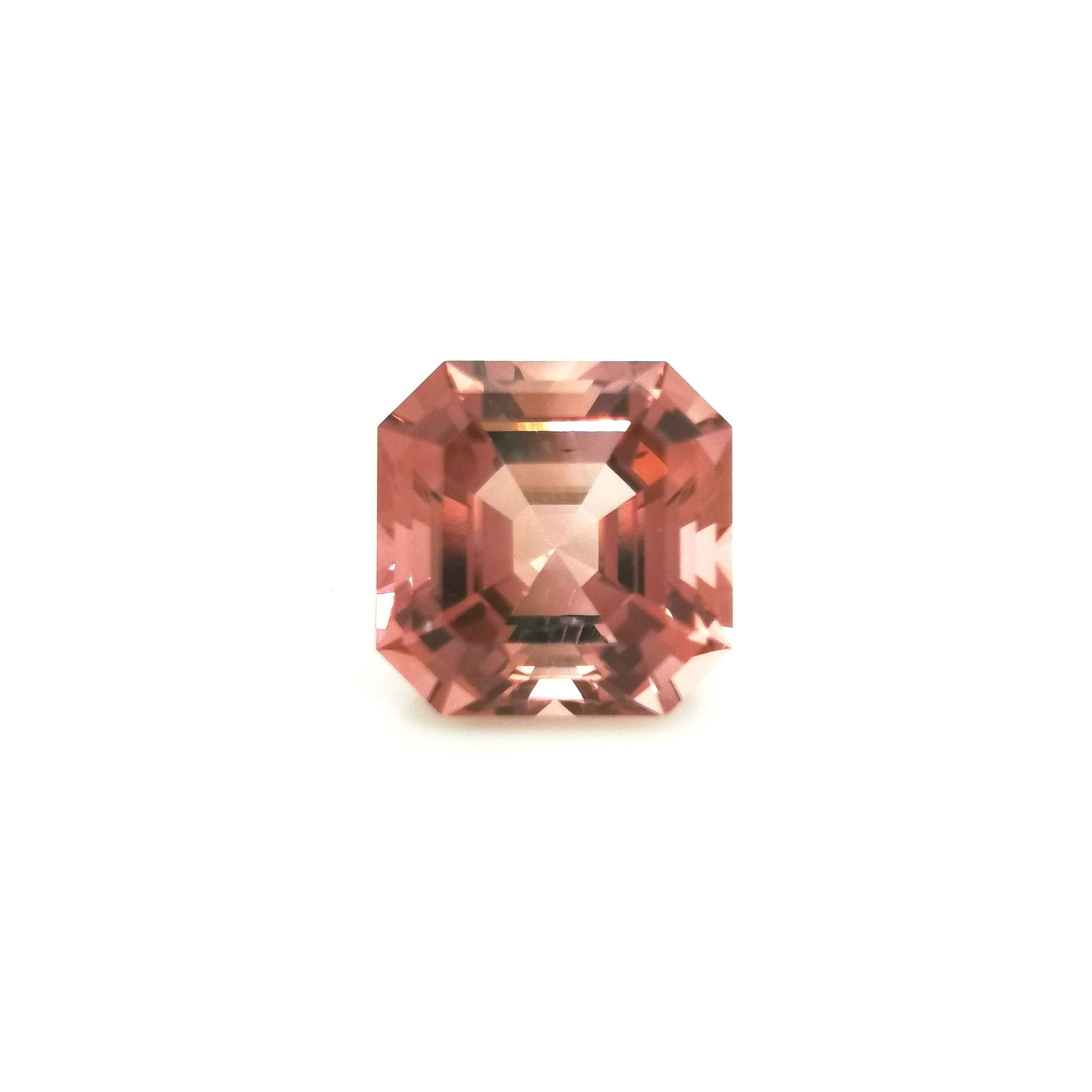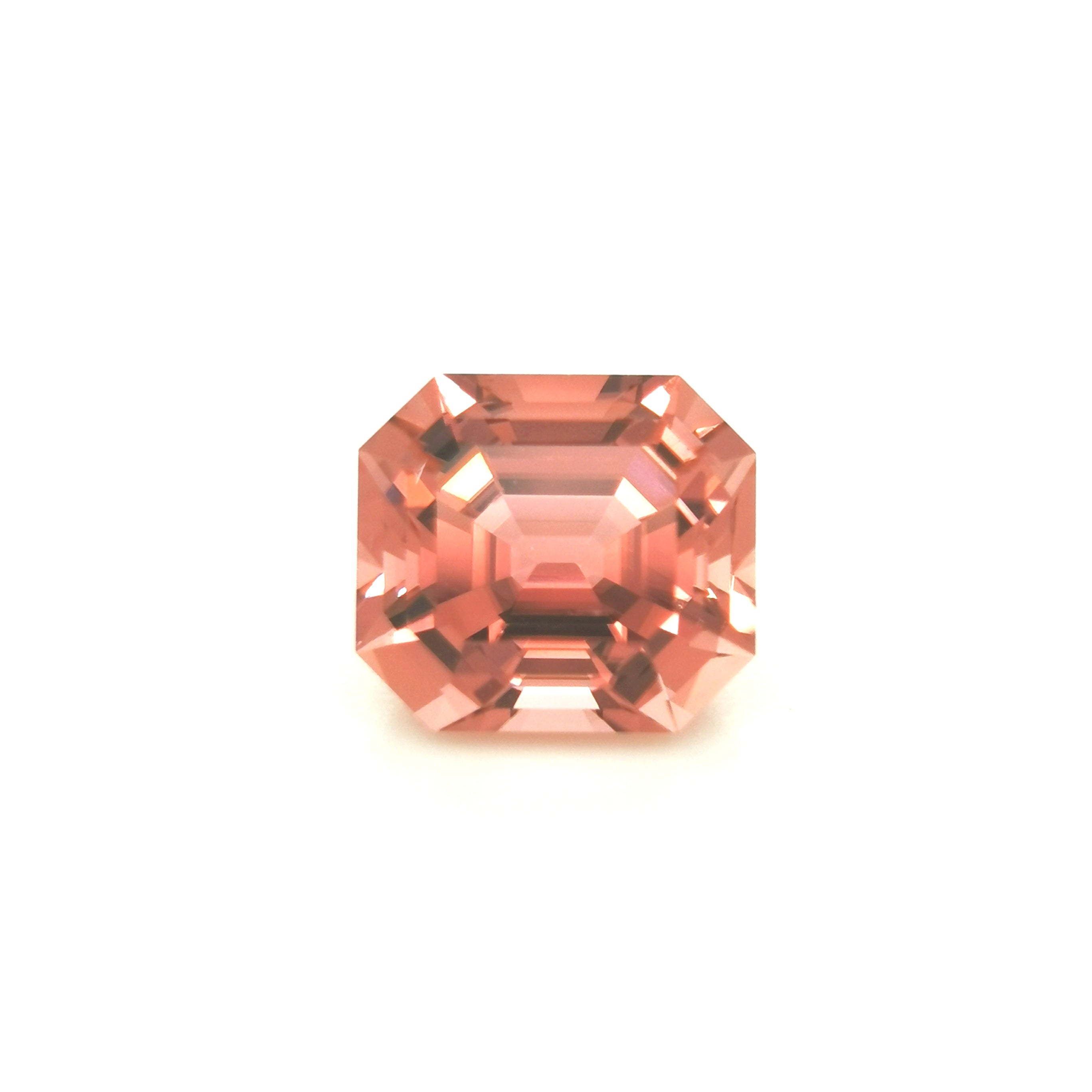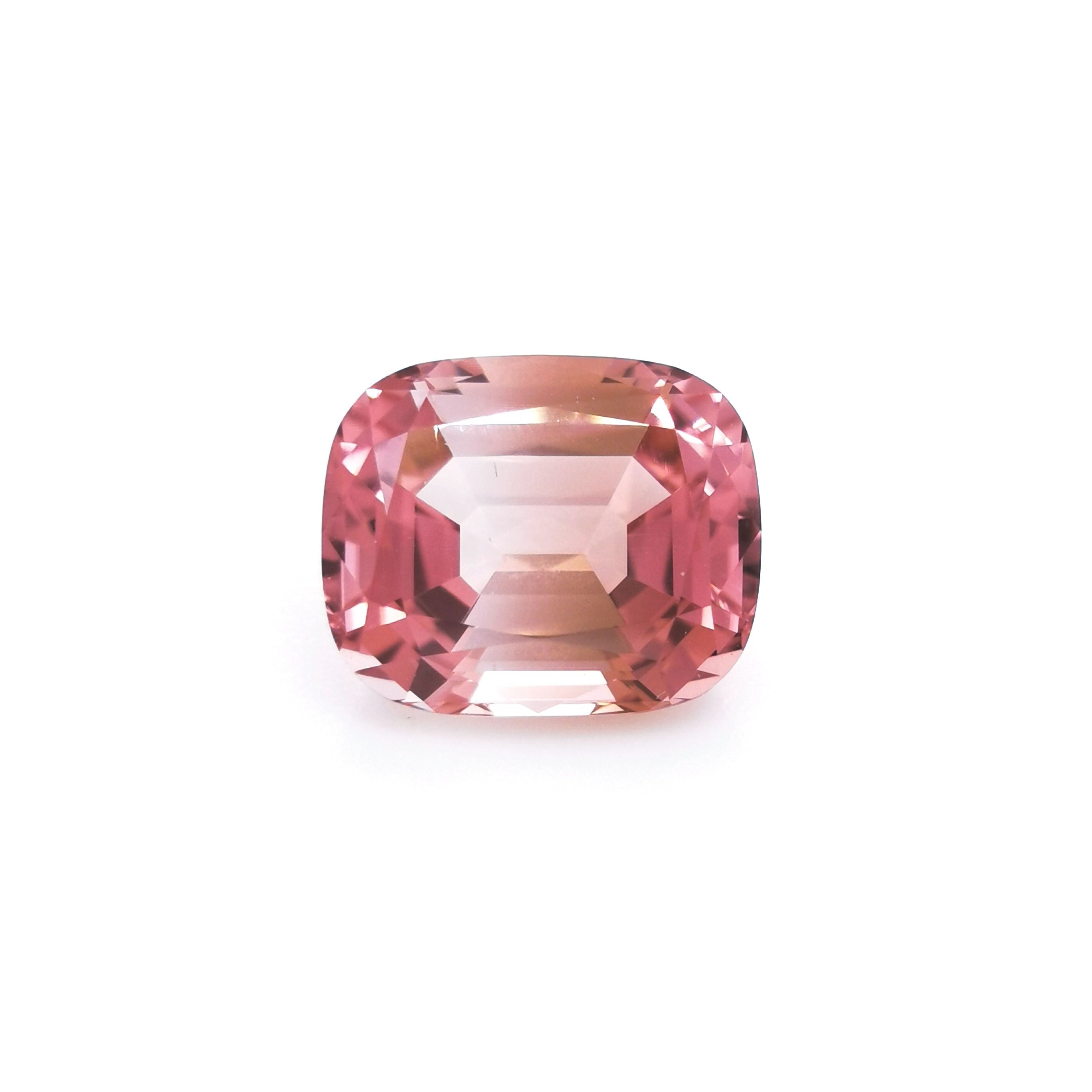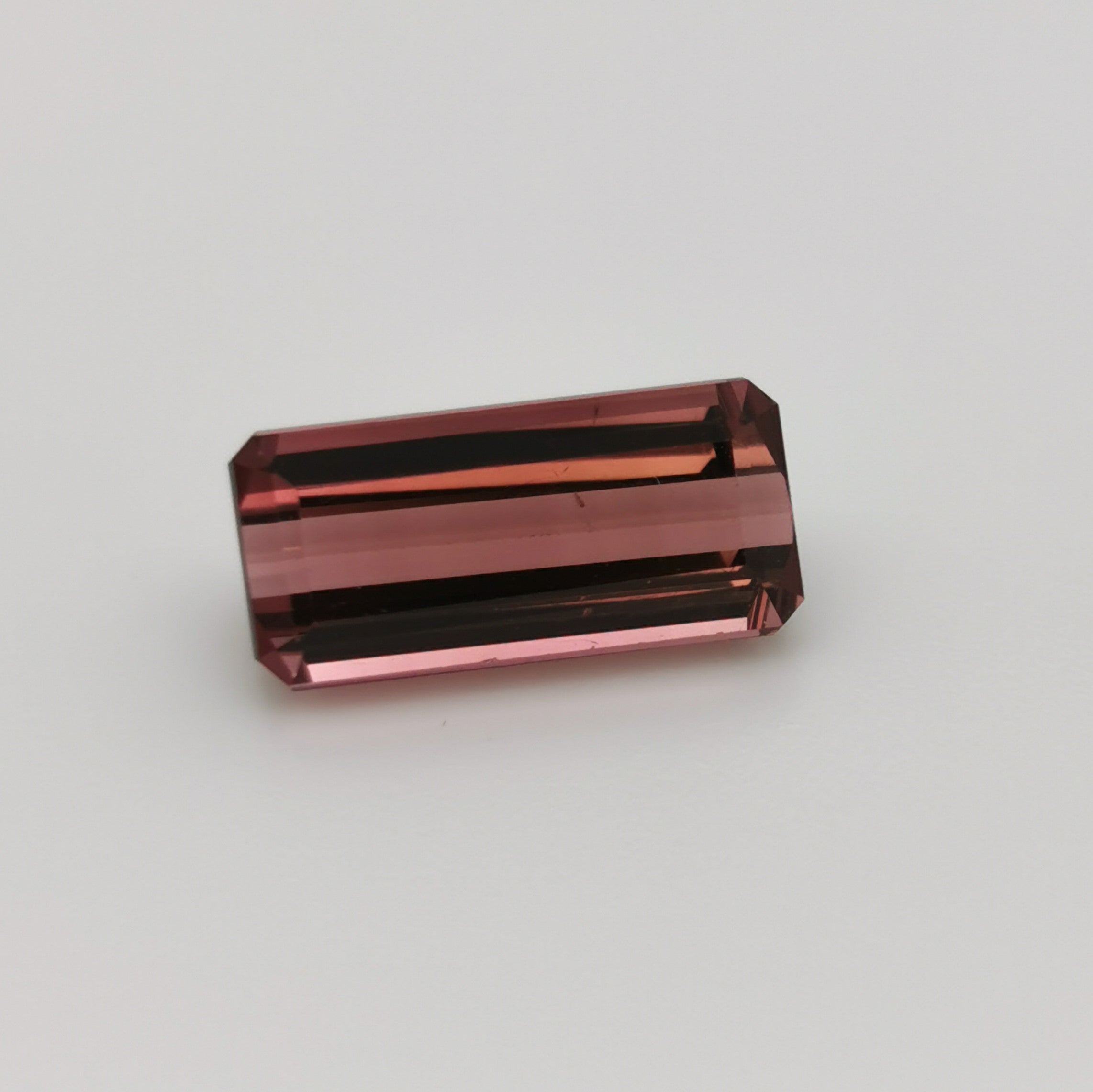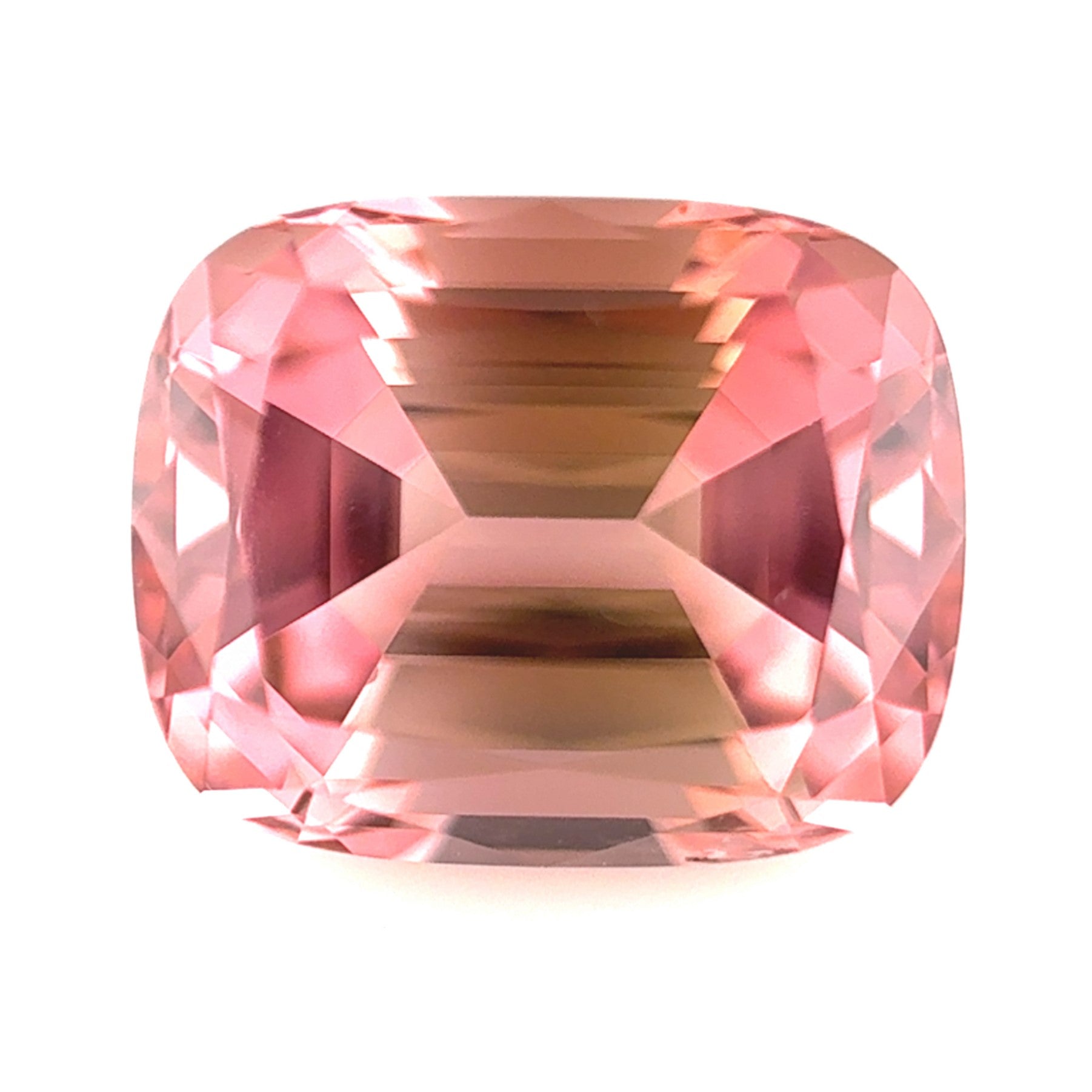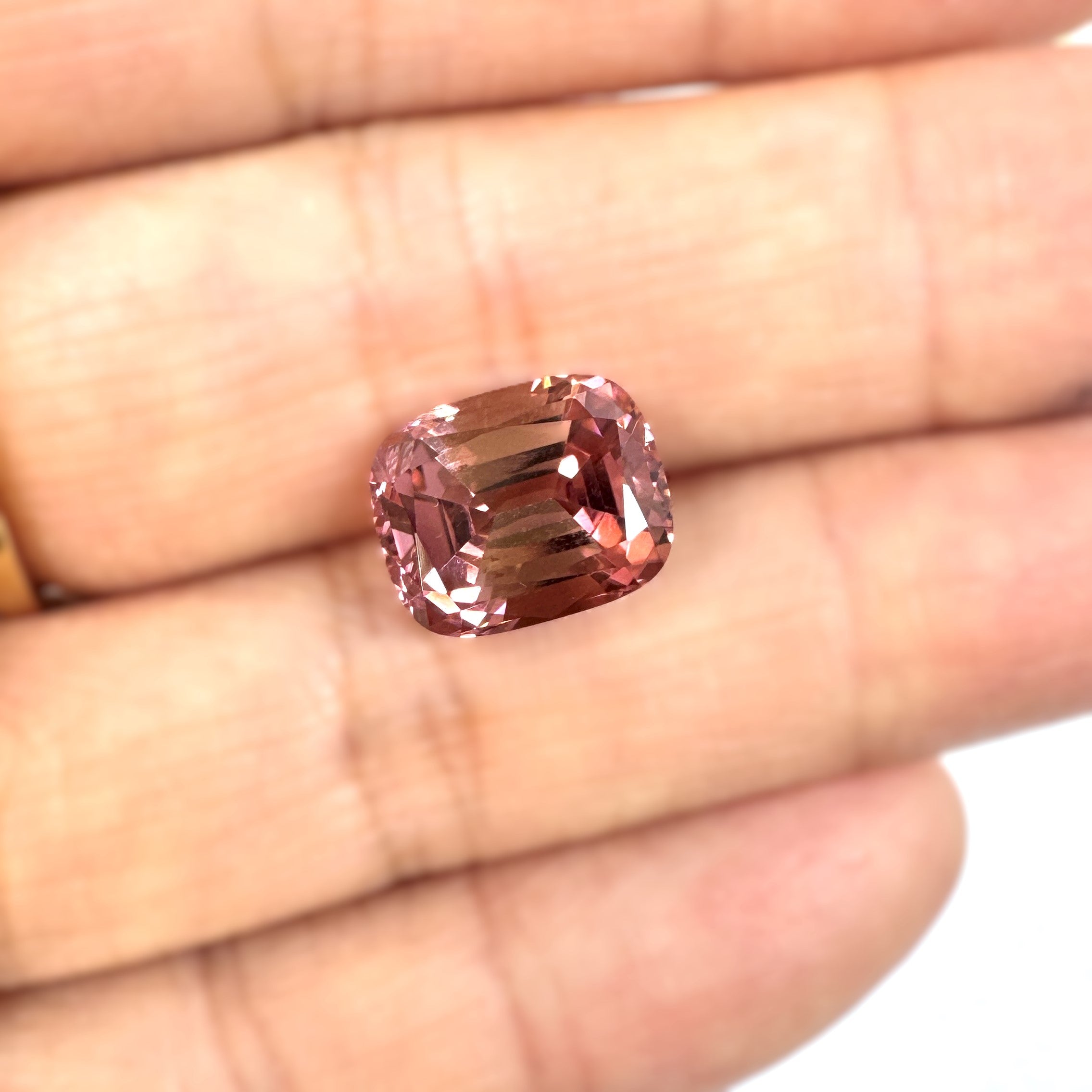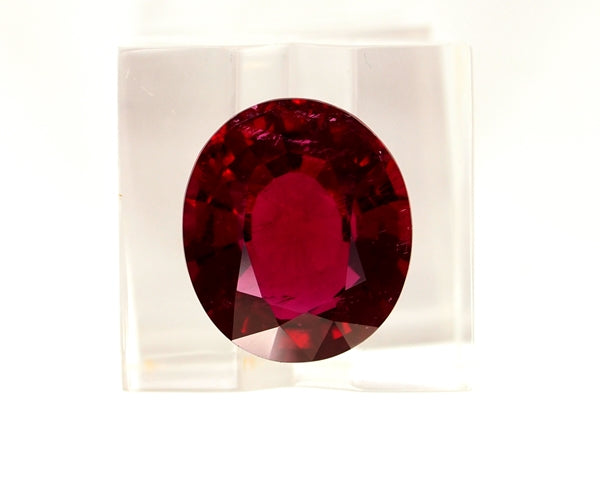Filters
What Is A Tourmaline Gemstone?

Have you ever wondered about the colorful gem that adorns your jewelry? That gorgeous stone is known as tourmaline. This blog will take you on a journey through the beautiful world of this durable and diverse crystal, answering all your burning questions like "What makes them so colorful?" or "Why are they considered spiritually significant?" Get ready; it's time to delve into the fascinating story behind these radiant gems!
Key Takeaways
- Tourmaline is a colorful gemstone that comes in many different types and colors, from black to bright pink.
- It is composed of various chemical elements like boron, aluminum, iron, magnesium, sodium, lithium, or potassium.
- Tourmaline has impressive physical properties such as high durability (Mohs hardness rating of 7 to 7 ½) and resistance to chemical damage.
- The gemstone can be found in igneous rocks like granite and pegmatite or metamorphic rocks formed through heat and pressure over time.
- Different locations around the world are known for producing tourmalines with unique colors and characteristics.
Where do you Buy Tourmaline Gemstones Wholesale? At Caldera Gem of course!
Overview of Tourmaline
Tourmaline is a precious gemstone that belongs to the cyclosilicate mineral family and comes in a variety of colors due to its complex chemical composition.
Species and varieties
Tourmaline is a gem with many types and forms. This gem is part of a large group of boron silicate minerals. It has a lot of colors, from black to bright pink. Some tourmalines even have more than one color! Let's learn about some types below:
- Elbaite: This form shows the most colors, like green, red, blue, and pink.
- Schorl: This is the most common type. It is usually black.
- Dravite: This kind is brown or dark yellow.
- Liddicoatite: Like elbaite, liddicoatite also has many colors. Its slices show a special pattern that looks like a cross.
- Uvite: Uvite gems are often green or brown.
- Chromdravite: As its name suggests, chromdravite has a nice green color.
Chemical composition
Tourmaline is a precious gemstone composed of different chemical elements. It is a cyclosilicate mineral that contains compounds of boron, along with other elements like aluminum, iron, magnesium, sodium, lithium, or potassium.
These elements give tourmaline its unique properties and colors. The chemical composition plays a significant role in determining the quality and value of tourmaline gemstones.
Physical properties
Tourmaline showcases some impressive physical properties that contribute to its unique appeal as a gemstone.
| Physical Property | Description |
|---|---|
| Hardness | Tourmaline has a Mohs hardness rating of 7 to 7 ½, classifying it as a highly durable gemstone. |
| Chemical Resistance | This gemstone is relatively resistant to chemical damage, maintaining its luster and quality even when exposed to harsh substances. |
| Color Variety | Tourmaline comes in an array of colors, including radiant reds, rosy pinks, bright yellows, and delightful blues, making it a versatile option for jewelry. |
| Composition | Tourmaline is a crystalline silicate mineral that contains compounds of boron with elements such as aluminum, iron, magnesium, sodium, lithium, or potassium. |
This diverse range of physical characteristics is part of what makes Tourmaline such a coveted and celebrated gemstone.
Color
Tourmaline comes in a dazzling array of colors, making it one of the most colorful gemstones. You can find tourmaline in shades of radiant reds, rosy pinks, bright yellows, and delightful blues.
In fact, pink, red, green, blue, and multicolored are the most well-known colors for this gemstone. Whether you prefer a vibrant hue or a subtle pastel shade, there's a tourmaline to suit every taste.
Its remarkable range of colors makes tourmaline an excellent choice for jewelry and adds a touch of beauty to any collection.
Magnetism
Tourmaline is one of the few gemstones that can exhibit a strong magnetic property. This unique characteristic sets it apart from other precious stones. When tourmaline is heated or rubbed, it becomes electrically charged and develops polarity, attracting small objects like tiny pieces of paper or metallic dust.
This intriguing magnetism has made tourmaline an object of fascination for many people. It adds to the allure and value of this beautiful gemstone, making it even more appealing to collectors and jewelry enthusiasts alike.
Treatments
Tourmaline gemstones can undergo various treatments to enhance their appearance or durability. Here are some common treatments applied to tourmaline:
- Heat Treatment: Heating tourmaline at high temperatures can intensify or alter its color. This treatment is commonly used to produce vibrant hues like pink, red, and green.
- Irradiation: Tourmaline can be exposed to radiation to enhance its color. This treatment is especially popular for producing deep blue and green tourmalines.
- Coating: Some tourmalines may undergo a surface coating treatment to improve their color or luster. However, these coatings may wear off over time.
- Fracture Filling: In certain cases, fractures or cracks in tourmaline gemstones can be filled with a clear substance to improve clarity and overall appearance.
- Cutting and Polishing: Tourmaline undergoes cutting and polishing processes to shape it into desirable gemstone forms such as faceted stones or cabochons.
Geology
Tourmaline is a gemstone that can be found in many parts of the world, and its geological origins are quite diverse. This precious stone forms in igneous rocks such as granite and pegmatite, which are formed from lava or magma that has cooled and solidified deep within the Earth's crust.
Tourmaline can also be found in metamorphic rocks, which are created through intense heat and pressure over time.
The formation of tourmaline is closely linked to the presence of certain elements within these rock formations. Boron-rich fluids seep into the cracks and crevices of these rocks, carrying with them other elements like aluminum, iron, magnesium, sodium, lithium, or potassium.
These elements react with each other under high temperatures and pressures to form tourmaline crystals.
The actual process of how tourmaline crystals grow is still not fully understood by geologists. However, it is believed that they form during the cooling stages of magma or through hydrothermal processes involving hot water solutions flowing through cracks in rock formations.
Localities
Tourmaline can be found in various locations around the world. Here are some of the notable localities where tourmaline is mined:
- Brazil: Brazil is a significant source of tourmaline, particularly in the states of Minas Gerais and Bahia. The Paraiba variety, known for its vivid blue-green color, was first discovered here in the 1980s.
- United States: California and Maine are known for their tourmaline deposits. In California, the Himalaya Mine and Stewart Mine have produced high-quality specimens. Maine's Mount Mica is famous for its gem-quality tourmaline.
- Afghanistan: Afghanistan produces a range of tourmaline colors, including pink, green, and blue. The Panjshir Valley is a renowned source for pink and red tourmalines.
- Nigeria: Nigeria is a significant producer of tourmaline, with deposits found in states such as Oyo, Nasarawa, and Kaduna. Nigerian tourmalines often exhibit vibrant hues.
- Madagascar: Madagascar is known for its multicolored tourmalines. The Antsirabe area produces stunning specimens in various shades.
- Mozambique: Mozambique is another important source of tourmaline. The region around Alto Ligonha has yielded exquisite paraiba-like blue-green stones.
History and Significance of Tourmaline
Tourmaline has a rich history and holds great significance in various cultures around the world. It was first discovered in the 1500s by Spanish conquistadors who mistook it for emerald.
The gemstone gained popularity during the 18th century when Francisco Spinoza, a Dutch merchant, brought it to Europe from Sri Lanka.
In ancient times, tourmaline was believed to possess magical powers and protect against negative energy. It was used by shamans as a tool for healing and meditation. Native Americans also valued tourmaline for its spiritual properties, using it in rituals and ceremonies.
Today, tourmaline is treasured not only for its beauty but also for its symbolism of love and friendship. Many people gift tourmaline jewelry on special occasions such as anniversaries or birthdays.
Its vibrant colors are seen as a representation of reconciliation and harmony.
Overall, tourmaline has a fascinating history that reflects its significance throughout different periods and cultures. Its allure continues to captivate gem enthusiasts worldwide, making it one of the most sought-after gemstones in the world of jewelry.
Conclusion
In conclusion, tourmaline is a beautiful and spiritually significant gemstone. It comes in a variety of colors and is known for its durability. Whether worn as jewelry or used for spiritual purposes, tourmaline holds value both aesthetically and symbolically.
So the next time you come across this precious stone, remember its rich history and appreciate its unique beauty.
FAQs
1. What is a Tourmaline gemstone?
A Tourmaline gemstone is a kind of birthstone that people often find during an expedition. It has its own unique crystal system.
2. When is the Tourmaline used as a birthstone?
The Tourmaline gemstone serves as a birthstone for October along with another gem known as Opal.
3. What does the eighth anniversary have to do with the tourmaline gem?
People give gifts of tourmalines on the eighth anniversary to show love and good wishes.
4. How much might I pay for a Tourmaline Gem?
The price of a Tourmaline Gem varies depending on its size, color, and where it comes from.
5. Who uses tourmalines in their job?
Gemology experts use and study tourmalines because they are special gems that tell us about our world.

